|
For a student only beginning to discover new injury prevention concepts, finding something easy to relate to is an important first step. For example, the potential negative impacts of a hazard could be easily associated with the functioning of our five senses. In this way, the student can nurture a basic understanding of injury prevention. "What can I see, hear, smell, taste, and touch that might be effected by hazards in my environment?".
This is why our "Hearing Protection Training" is placed among the four foundational courses in the "Career Safety Education" series, to be taken before any other industry specific safety courses. Because, why would we train for specific hazardous environments before we have learned to protect our five senses in everyday environments?
With K+S Potash Canada committing to support Hearing Protection Training, we took a trip out to K+S Potash Canada's Bethune Potash Mine Site to get a sense of how they put hearing protection concepts into practice at their cutting edge facility. As we learned, no effort is spared during their quest to create a safe & healthy workplace.
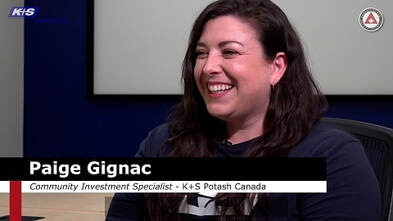 Page Gignac represents K+S Potash Canada as they support community efforts Page Gignac represents K+S Potash Canada as they support community efforts
Paige Gignac is a Community Investment Specialist for K+S Potash Canada, as well as the host of our site tour of the Bethune Potash Mine. We learned that at K+S, safety doesn't end at the workplace.
"Its really important that our employees are safe at work, so they can go home to their friends and families, and really participate in the growth of their own communities, ultimately making the community safer for everyone." 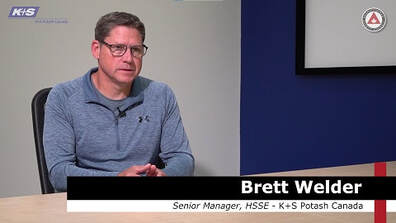 Brett Welder shared his experience with prior safety training, and how that eases the onboarding process when taking on new workers. Brett Welder shared his experience with prior safety training, and how that eases the onboarding process when taking on new workers.
Brett Welder is a Senior Manager in HSSE at K+S Potash Canada. "That Basic Knowledge just gives us something to build upon." he said about new workers who have taken the SSC's Hearing Protection Training. Brett told us that "It does give them the basic backgrounds when you are introducing topics like hazard awareness, hazard recognition, PPE, things like that. They already have that base knowledge, so you don't have to start from scratch."
For sponsoring youth injury prevention programs such as hearing protection, we thank K+S Potash Canada for all they do. Leaders like Paige and Brett promote the use of Career Safety Education and leverage the programs as part of their onboarding process, thereby ensuring new workers enter their chosen industries with foundational safety knowledge.
What does injury prevention mean to your organization? Learn more about sponsorship below:
The Saskatchewan Safety Council Hearing Protection course reveals that noise is, in fact, a controllable hazard with the proper training and safety measures in place. By understanding how to control it, and protect yourself, you will significantly decrease your risk of injury and hearing loss.
Register Here for Free Training Could experienced drivers in your family use a little refresher? Register: https://www.sasksafety.org/mature-driver-refresher-course-listings.html For many drivers in Saskatchewan, the only driving lesson they received was during "Driver's Ed", back in their High School years. This was followed by a license examination, which is sometimes a one-and-done adventure, with no required follow-up training. This training can feel like an eternity ago. Additionally, the profound changes to driving best practices such as electronics, vehicle makes, signage, traffic flow, and various other advancements over time can leave even an experienced driver feeling out of practice. The reality is, mature driver or not, we could all use a little refresher every now and then! Course Description: This completely free 6-hour Mature Driver Refresher Course is strictly informational and offered in a positive, open class environment. Participants' driver’s licenses are not affected and there are no required examinations. This training increases confidence when navigating Saskatchewan’s increasing city and highway traffic. It provides insight into how to adapt your driving habits based on the physical changes the body goes through as it matures. Find a FREE course in your community: https://www.sasksafety.org/mature-driver-refresher-course-listings.html Topics Covered:
It was 1926 when a creative group of students at Bladworth elementary school invented “Tin Lid Golf”, where tin pie lids were thrown towards 4-foot circles drawn in the sand across the playground. Now, nearly 100 years later, the free outdoor game of “Disc Golf” has roared to life worldwide.
Rated as the "4th best disc golf province in Canada", Saskatchewan has all the requirements – lots of accessible space, easily walkable terrain, and an outdoor-loving population of sports enthusiasts. Hal Johnson and Joanne Mcleod may have said it best with “Keep Fit and Have Fun!”, but staying fit is also a great way to prevent injuries and maintain a positive mental outlook.
Youth: With a very low startup cost, lightweight equipment, and almost-always free-to-play courses, any walk in the park can turn into an adventure for the whole family with Disc Golf. Set expectations low, keep the pace high, and the kids will be begging for more time outside! Seniors: In Saskatchewan, inactivity, social isolation, and loneliness plague our aging and elderly population. This leads to falls, the #1 cause of injury requiring hospitalization. Falls can be caused by a physical deterioration or a decline in motorskills, which can result in an injury, which may lead to a sharp decline in overall health and activity. Inactivity can be both a cause or effect of social isolation. Both injury and isolation can lead to addictions. Indigenous Peoples: In 2023, Peepeekisis Cree Nation hosted the first provincial or state-level tournament ever played on indigenous land. Disc Golf courses give a free, accessible, outdoor activity for all to experience in their community. New Canadians: What better way to explore Saskatchewan than to saddle up with free-to-rent disc golf packs at a provincial or regional park! Dozens of parks and communities in Saskatchewan feature Disc Golf courses.
Prominent Saskatchewan Communities with a Disc Golf Course: (Full List Here)
Want to support content just like this? Play a role in the creation of a province of safety excellence. Donate Today at: https://www.sasksafety.org/support-us... - Charitable Registration Number: 11914-0382-RR
Free training and resources are made available thanks to contributions from our Donors, Members and Sponsors that believe in our shared goal of creating a province of safety excellence. Mental Health Wellness Resiliency - The Council's Foray into the World of Inflicted Injuries8/31/2023
Historically shrouded in various stigmas and often received with discomfort and hesitancy, "Mental Health" has transitioned from being a term used only in the complex world of psychology and healthcare to a more prominent everyday topic of conversation.
As a result of more frequent exposure, healthy discussions pertaining to one's mental well-being are slowly becoming more common in Saskatchewan, especially in relationship to health and safety in the workplace. Access Training: https://www.sasksafety.org/online.html
As is the case with any trending topic, public awareness campaigns from large corporations and countless social media strategists have arrived to capitalize on the wave of attention. And while the arrival of mental health awareness is of course a good thing, how will caregivers, educators, and employers wade through the masses of testimonies, advice, and related solutions?
The Council proposes, after expert consultation, research, and development, that the skill of resiliency is the critical first step in developing a mental health foundation. Resiliency in this context means the ability to recover quickly, respond to challenges, and maintain poise through the hardest of times. Building the skill of resiliency is what we seek to inspire with the “Mental Health Wellness Resiliency” course.
This new course seeks to inspire resiliency in it’s participants by examining the perspectives of different people who have found ways to focus on healing that ultimately builds resiliency. Hosted by award winning author, speaker, and mental health expert Allan Kehler, and featuring Saskatchewan residents who share their stories, struggles, and healing journey, the Council’s content specialists combine digital graphic arts, interviews, statistics, and hosted lectures to develop an immersive and engaging learning experience.
It is an introduction to a broad topic, to start our minds on a journey of understanding what it means to be mentally healthy.
Along the way, learners are given numerous challenges to work into their daily routines that will further strengthen their health and ability to withstand the pressures of the everyday world.
This learning program has been led by Saskatoon’s Allan Kehler. Allan is one of Canada’s most sought-after experts when it comes to the topic of mental health and wellness. He has stood on more than 500 stages and is the bestselling author of four books.
Together with Allan, two subjects share their personal stories, struggles, triumphs and defeats on their journey in becoming mentally healthy. 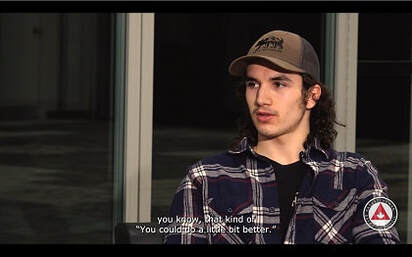
Jaxon, aged 17, has grown up in the Kenaston, SK area his entire life. After experiencing struggles in dealing with anger, isolation, and depression, Jaxon made the decision to reach out for help. Now, Jaxon employs various healthy strategies in understanding himself and those around him.
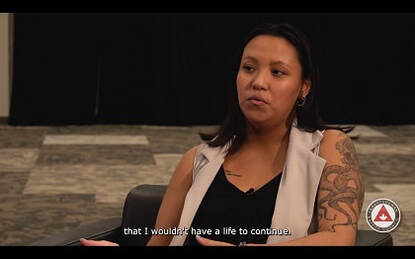
After suffering from domestic violence in an abusive relationship, Kayleigh made the bold decision to leave her old life behind. Sharing cultural teachings passed down to her, paired with other healthy tactics she has learned along the way, we learn how a self-discovery and self-improvement journey is never over.
It's time that Mental Health training smashed through the buzzwords. “Mental Health Wellness Resiliency” features real Saskatchewan stories, from real Saskatchewan people. Breaking down real problems, and discovering real solutions. Resiliency is what we seek to inspire.
Access Training: https://www.sasksafety.org/online.html Is charitable community injury prevention something your organization values? Consider sponsoring the Council as we create free resources to combat preventable injuries in Saskatchewan: https://www.sasksafety.org/sponsorship-support-levels.html
What is the “Retail” Industry? Retail is considered the public facing element of the all-encompassing world of goods and services, specifically defined as the “sale of goods to the public in relatively small quantities for use or consumption”(Oxford dictionary). As you can imagine, many large and small businesses in Saskatchewan fit this description.
Access Free Training: https://www.sasksafety.org/online.html
Naturally, such businesses employ many new workers of all ages, with many high-school aged youth choosing the retail industry as their entry point into the workforce. New Canadians, people with special needs, retired workers, and experienced workers with expertise in other industries are also prevalent in the retail environment. Overall, approximately 11.5% of the Canadian workforce finds employment in the retail industry.
Because these environments seem familiar to many, and since the public often shares space with employees, there are misconceptions that these workplaces are perfectly safe, injury-free zones. But this is not true, many hazards exist that endanger retail workers. Various ergonomic difficulties, dangerous air quality and materials, exposure to chemicals, and extreme temperatures can be present in these wide-ranging environments.
The most common injuries in Saskatchewan retail environments occur to the hands, back, and legs, most notably from sprains, strains, and cuts, as well as slips, trips, and falls. Some lesser known dangers of the retail industry include hazards of a more personal type, such as violent attacks and other psychological stressors which are present for those in positions that regularly deal with customers and the public.
These are preventable injuries and controllable hazards. Proper training and supervision are critical in preventing these injuries which affect some of the most vulnerable workers in Saskatchewan. Thankfully, completely free injury prevention training now exists for new workers in the retail industry.
The “Retail Safety Training” course is designed to efficiently provide safety orientations to those who are new to retail work in Saskatchewan. Providing necessary information to help retail workers make safe choices, this 50-minute concise training course features wide-ranging online accessibility and only a brief time commitment from the participant. As a result, it can easily be integrated into a new employee on-boarding process.
Topics include:
By introducing new workers to potential workplace hazards and the appropriate controls, long before they enter a retail workplace, a foundation of safe thinking is built. This will help orient them to the dangers of their work environment.
The Council and its free programs are supported by the following multi-year organizational sponsors: CAA Saskatchewan; Crescent Point Energy; Heavy Construction Safety Association of Saskatchewan; K + S Potash; Meridian Surveys; Saskatchewan Association for Safe Workplaces in Health; Saskatchewan Common Ground Alliance; Saskatchewan Construction Safety Association; SaskEnergy; and WorkSafe Saskatchewan.
Who taught you how to tow a trailer?
In Saskatchewan, you might hear “My Grandparent”, “My Mom or Dad”, "My Boss”, or the shockingly common answer… “Nobody, I taught myself”. After all, there is no special license required to tow utility trailers, or for that matter, all but some of the largest and most complex trailers. Every day in Saskatchewan, happy retail workers can be seen gladly waving goodbye in the rear-view mirror of fancy new recreational trailer operators. Often, all the happier for the potential repair work that may come from a new owner’s first attempts at backing a camper into a well-treed campsite.
Register for FREE Safe Trailering: https://www.sasksafety.org/online.html
So then, who takes the responsibility of communicating all the details about hitch types, electrical hookups, load & weight distribution, cornering, and all those other intricacies that might contribute to a mechanical problem, big new dent, or serious traffic incident?
While coaching from a parent, spouse, sibling, friend, or employer can be very useful (although at time stressful), it cannot replace the most fundamental steps in learning any new skill… training & purposeful practice!
The “Safe Trailering” course brings Saskatchewan residents seeking valuable instruction on safely driving while towing a trailer unencumbered access to a brand new and completely free training program developed by knowledgeable and experienced subject matter experts.
Utilizing closed course demonstrations, multiple detailed camera angles, and digital graphic visualizations, this program covers topics such as:
Whether new to towing a small utility trailer with supplies for a landscaping project or navigating a Cabela’s or Walmart parking lot with a new “home on wheels”, everyone can find key takeaways in the Council’s free Safe Trailering program. For those requiring driver or operator evaluations, the Council also offers fee-for-service in-vehicle assessments to provide feedback and document competency.
The Council and its free programs are supported by the following multi-year organizational sponsors: CAA Saskatchewan; Crescent Point Energy; Heavy Construction Safety Association of Saskatchewan; K + S Potash; Meridian Surveys; Saskatchewan Association for Safe Workplaces in Health; Saskatchewan Common Ground Alliance; Saskatchewan Construction Safety Association SaskEnergy; and WorkSafe Saskatchewan.
Access Career Safety Education here: https://www.sasksafety.org/career-safety-education.html
“Greenhorns”, “rookies”, “newbies”, you name it. New workers are constantly singled out at workplaces across nearly every industry. Why? Because deep down, we instinctually know that new workers could use some extra care and attention.
Register: New Worker Readiness Course
Youth in their first jobs often comes to mind, though young workers are not the only ones at risk. New workers of any age are at a much higher risk of injury when compared to their more experienced coworkers. Perhaps this is because the first days and orientation can be overwhelming for any age group, with a lot of new distractions. This can interfere with a new worker absorbing important safety information, or details about their responsibilities and tasks.
Sound familiar? Between fitting in with coworkers, impressing your boss, and generally trying your best not to make a complete mess of things, where did ‘preventing injury’ fit in on your list of priorities? Perhaps it didn’t even make the list.
The time to orient the new workers of Saskatchewan’s future must come long before the first assignment of duties. Safety orientation for new workers must happen before they are on the jobsite, and on the payroll. If the proper safety training foundation has been laid, those first job tasks can be properly focused on, while having confidence that a first injury is not going to be a part of the equation.
Where can a new worker find all the answers? Our Content Team worked directly with safety specialists and industry experts to create the ultimate guide for new workers of any age in Saskatchewan – the “New Worker Readiness” Course.
A product of many months of research and development, the New Worker Readiness Course serves new workers, their employers, and the communities they work and live in. The course has two main objectives:
First, to help new workers understand employment in Saskatchewan. The course prepares new workers with an easy-to-understand overview of the official government of Saskatchewan legislation and guidelines relating to worker’s legal rights and workplace responsibilities. Second, the course works to prevent injuries, acting as an introduction to hazard recognition and risk assessment. Both industry experts and Canadian Registered Safety Professionals (CRSPs) have contributed content to enrich the course with accurate and relevant information on workplace health and safety. Topics include:
Utilizing animation software, staff & volunteer voice actors helped create a welcoming classroom narrative, acting as a homebase to host the various modules of the course. Our facilitator “Jason” leads classroom conversation with relatable characters. “Hector”, aged 30, a newcomer to Saskatchewan, wants to understand labour laws so he may start a business. “Stacey”, aged 15, wants to save money for a used car and *thinks* she is ready for her first job. And, “Greg”, a 20-year-old high school graduate from rural Saskatchewan, is looking for a new career outside of the family farm.
A course host, Amanda Wood, Community Relations Coordinator with the Saskatchewan Safety Council, appears on-location in common workplace environments such as retail, automotive, construction, cosmetics & fashion, healthcare, and education to demonstrate course concepts.
With this rich digital learning environment, participants are further connected to the course material through a variety of relatable conversation and examples. Video examples are paired with animated visualizations, on-screen icons, and graphic elements to expertly deliver key messages.
The “New Worker Readiness” course is available as a standalone course, but primarily serves as a foundational introduction in the “Career Safety Education” series. Free training and resources are made available thanks to contributions from our Donors, Members and Sponsors that believe in our shared goal of creating a province of safety excellence.
Is charitable community injury prevention something your organization values? Consider sponsoring the Council as we create free resources to combat preventable injuries in Saskatchewan: https://www.sasksafety.org/sponsorship-support-levels.html
Thanks to sponsors and volunteers, the fourth annual Cade Sprackman Safety Day took place at Hudson Bay Community School on May 30th, 2023, organized by Saskatchewan Safety Council. The entire K–12 school engaged to learn about injury prevention and honour Cade. Cade Sprackman grew up in Hudson Bay, SK, with his sister, two brothers, and loving parents. Cade had a driven love and passion for arts and cinema. He aspired to be a cinema director one day, after completing post-secondary education. On January 27th, 2015, only 3 weeks into a new job, Cade was involved in a workplace incident and was killed. He was only 18 years old. “People would share stories with me that he could light up a room and make everyone smile. As a young adult when he moved to Saskatoon, he couldn’t wait to get into the city and start his life. He was 18 years old and killed at the worksite”. “I will never forget the night the RCMP came to the door with the news that Cade had died. All they could tell me was that it was an industrial accident that had happened at work. They knew no details”. - Michelle Sprackman, Cade’s Mother To kick things off the day of, Aleece Anderson, currently an educator at Hudson Bay Community School shared a few words. As a close friend, who grew up with Cade, she shared how losing a close friend can impact your life, and why it is important to take safety seriously while on the job. Her story was followed by comments made by four attending representatives from Weyerhaueser Company Limited. After presentations, all attending youth participated in an Amazing Safety Quest, a non-timed, station-based obstacle course. The goal of this highly interactive educational activity is to, on a topic-by-topic basis, inform young and new workers of the extreme importance of workplace safety. Participants watched demonstrations and took part in activities where they learned about agriculture safety; ATV safety; Powered Mobile Equipment safety; trades and industry specific safety (fall arrest, construction, power tool awareness, PPE safety); water safety; hazard recognition; mining and forestry safety; electrical safety; CPR; AEDs and the hazardous affects of distraction. The safety demonstration stations were run by volunteers, many of whom attended to represent local area businesses. The event was participated in by:
To capture the event, CTV Yorkton shared an excellent article on why the Cade Sprackman Safety Day event takes place and why more should take place across Saskatchewan. Local Hudson Bay newspaper, the Junction Review also featured the event, sharing that the event was deemed a success. Amanda Wood, Community Relations Coordinator with the Saskatchewan Safety Council shares her thoughts, “This event is near and dear to my heart. Working closely with the staff at Hudson Bay Community School and the Spackman’s. When we plan this event each year, the community comes together to make sure the event is a huge success. This year, we had new experiences for the students to engage in. Something new to try and learn and be informed of the safety measures for a variety of different industries. Safety is important in any workplace, even in our everyday lives, safety must be a top priority. The feedback received by the students and educators was outstanding, being quoted the best one yet! Students were engaged and enjoyed the hands-on activities throughout the event. I’d like to thank the volunteers, educators, local businesses, and organizations who travelled to be a part of the event. It truly does take the support and expertise of everyone coming together to create a province of safety excellence! A tragic incident took place, we lost the life of a young man who had the whole world ahead of him. Saskatchewan Safety Council is proud to honour Cade, share his story and continue to advocate for our young and new workers to prepare them for a successful and safe working career. Thank you to Michelle and Jerry Sprackman for continuing to support our mission and being advocates for the Career Safety Education program!” An Amazing Safety Quest can be planned in any community, school or workplace in Saskatchewan. Are you looking for a fun way to incorporate safety-related activities at your next?
Learn more here: https://www.sasksafety.org/amazing-safety-quest.html. Note: In the weeks leading up to this event, participating high school students in Hudson Bay also completed Career Safety Education – A free series of online safety courses designed to develop awareness, attitudes, and habits that result in a culture of safety that prevents injuries both at home and in the workplace. This, combined with the Amazing Safety Quest, will surely result in the community of Hudson Bay and surrounding area having a future workforce that places great emphasis on the importance of working safely.  Rory McCusker, New Media Specialist Rory McCusker, New Media Specialist
Do you remember your first job?
I certainly do. I was 14 years old, starting work at a small commercial kitchen in my local curling club. The job was challenging, frustrating, and completely different from anything I had experienced. I remember every painful mistake during those first few days on the job. Looking back 16 years later, I can only smile and be thankful. Why? Because like many people in Saskatchewan, I credit that first job with teaching invaluable lessons that would stick with me forever.
Even my most nervous feelings at the time have now morphed into a blissful memory. I certainly remember how proud my parents were to see me earn money, build my personality, and adopt a keen interest in a tradable skill.
If you ask an experienced worker or elder in your community, “what was your first job?” I know that you will hear some treasured stories just like mine. How do I know this? Because that’s exactly what we did. Our content team asked dozens of people in Saskatchewan all about their first jobs.
We learned that first jobs have changed over time, and so have the training and safety practices… Along with minimum wage! We learned that basic training was not always a guarantee, and that injury prevention has not always been a priority.
But what does remain the same across the many generations of people we talked to, is this strong memory of a treasured personal journey. Experiencing those nerves and feeling that doubt. Only to conquer these feelings, emerging from the challenge a more confident, purposeful, and complete person. This common sentiment is written in capital letters across the glowing faces of those we asked about their first jobs.
I hope everyone in this province can experience something like I did in my first job. Like me, I hope new workers can regard their first jobs as a time they grew exponentially as a person. But sadly, this is not always the case. New workers at any age, in any industry, are at a much higher risk for workplace injury. Tragically, because of this, for some, their first job is also their last one.
Now, imagine living in a province where parents, teachers, elders, and friends are confident sending new workers into the wide world of employment, knowing that everyone in that workplace has already been trained in injury prevention. Imagine living in a province where new workers will learn how to make their own way, experiencing challenges and overcoming obstacles, absorbing lessons that will stick with them their entire life, all while being supported with training and orientation that will greatly reduce their risk of injury.
At the Saskatchewan Safety Council, we know that Saskatchewan can, and will be, a province of safety excellence. We believe that new workers deserve to experience all the ups and downs, challenges and obstacles, all while keeping themselves and others free from injury, and of course, all while forming treasured memories. With our commitment to embedding injury prevention content in public school curriculums, and by providing Career Safety Education Trainingfor FREE to anyone in the province, regardless of age, experience, or geographical location, we can be confident that new workers will start their employment journey with a much lower risk of injury.
Will you support this mission to create a province of safety excellence? Will you share this online training with your school, workplace, and community? If you believe in this mission of injury prevention for all, please consider subscribing to our content channels or volunteering with us.
As always, we thank you for reading, viewing, sharing, and for working together to create a province of safety excellence.
For a new worker in Saskatchewan, the first days of employment can feel overwhelming.
Though a new career is often a positive experience, those first days can be considered challenging, confusing, or even downright frightening for some. This might be because many new workers feel pressure as they are eager to contribute, be seen as useful, and sense belonging. For these new workers who are enthusiastically looking to prove themselves on their first days, valuable safety information could be missed, as they may often be distracted by trying their best to ‘fit in’ or ‘look the part’.
It is understandable for anyone working in a new professional setting for the first time to deal with fears involving doing the job incorrectly, fitting in socially, or having trouble understanding terms and concepts as they relate to their new work environment. Even for an experienced worker who is now comfortable at their job, learning a new task or responsibility can excite these same feelings. In other words, the prevailing fear that comes with starting a new job might be simply called the ‘jitters’, a fear of ‘messing up’, or ‘letting co-workers down’.
These strong feelings are common and to be expected as new workers begin their jobs in Saskatchewan. However, the significance of these realities is great. New workers struggling with these distractions are at higher risk of missing important training on safe practices, new environments, or dangerous equipment. These distracted, fearful attitudes lend themselves to terrible outcomes, as preventable workplace injuries and fatalities continue to happen to those who are not properly oriented to their new environment.
New workers will have enough personal stress to focus on during their first days on the job, which is why providing safety training early, at the first opportunity, or even prior to starting a new job is not only helpful, but also necessary. Such an early education helps form a foundation of safe thinking that reduces the likelihood of a preventable workplace injury, or worse.
The Saskatchewan Safety Council recognizes that for young people anxious to begin their career in Saskatchewan, a gap in training exists between leaving the education system and entering the workforces. This is why the Council has worked together with several other industry partners to provide a solution. That solution is called Career Safety Education.
“Career Safety Education”, is a completely free online series of workplace safety training programs that build a foundation of knowledge for any new worker by increasing the participants' awareness of hazards and providing a baseline understanding of how to manage the risks present in a broad variety of industries. Career Safety Education continues to grow, as more Saskatchewan organizations recognize and support this program.
As an Employer, recognizing an applicant or a new hire that has completed Career Safety Education is an indication of the value placed on having new workers who have committed themselves to learning safe practices.
As an Educator, encouraging students to participate in Career Safety Education so that they may make a safe transition and entry to the workforce shows that appreciation for this critical stage in a young person's life. As a Parent, recommending Career Safety Education is a clear indicator that safety and awareness are paramount as youth explore possible career paths. Business can show support for the program by becoming a sponsor and advocating for its use.
As Career Safety Education improves and expands, Saskatchewan communities can rest assured knowing quality resources have been put forward to ensure new workers have the resources they need to begin their careers safely.
Explore Career Safety Education: https://www.sasksafety.org/career-safety-education.html Consider Sponsoring the Saskatchewan Safey Council: https://www.sasksafety.org/sponsorship-support-levels.html
Victoria Day Weekend is the official kick-off to a Saskatchewan Summer. Outdoor activities are top of mind this time of year, as Saskatchewanians get out into the wilderness and explore the backcountry. Perhaps you will spend part, or much, of your long weekend behind bars. Hopefully so.
By late May, many riders have already performed their pre-season mechanical inspections but what about those daily or mid-trip pre-ride checks? Who knows what may have changed since you parked your bike beside the tent, outside the hotel, or in the parking lot of your favourite retail stop. A quick walk-around check before jumping back on, regardless of where you are, and a more thorough routine check before each ride, can be the difference between a great ride and one that ends poorly.
Avid Moto-Camper & Motorcycle Instructor David Parker takes us through his routine inspection checklist.
Have anything to ad? Share your must-check inspection items in the comments below! Maybe you have a song you whistle or a pre-ride inspection dance? We'd be happy to hear about it. Free training and resources are made available thanks to contributions from our Donors, Members and Sponsors that believe in our shared goal of creating a province of safety excellence. Want to support content just like this? Play a role in the creation of a province of safety excellence. Donate Today at: www.sasksafety.org/support-us - Charitable Registration Number: 11914-0382-RR
Four crucial tips for getting your riding season off to a safe start:
1. Perform a thorough pre-season inspection of riding gear and your motorcycle. Anything wearing out or torn, lose, leaking, or rusted?... aside from maybe your skills? Perhaps now is a good time to put markers on some key fasteners. Doing so simplifies your mid-season pre-ride inspections if you can walk around and quickly determine if anything has nudged loose. 2. Before going out on the streets, give some consideration to surface conditions. Is there still loose sand and gravel everywhere? Have you been seeing giant potholes on your way to and from the office or grocery store? Make some mental notes. 3. Find a place to practice and re-familiarize yourself with your bike. Especially focusing on slow-speed maneuvers. 4. When you do get out there, leave lots of room between yourself and the person in front of you, thereby avoiding surprise surface changes, and remember, the caged drivers (that's all of us in Saskatchewan in the "off-season", unfortunately) are not used to looking for bikes. Be as visible and as alert as possible. Want to support the creation of content just like this? Donate today at: www.sasksafety.org/donate - charitable registration number: 11914-0382-RR Free training and resources are made available thanks to contributions from our Donors, Members and Sponsors that believe in our shared goal of creating a province of safety excellence.
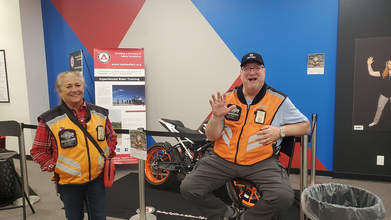
Members of our training team were on the scene, including motorcycle and ATV instructors. These recreational vehicle gurus set up live displays, featuring a motorcycle and ATV, ready to talk two and four wheels with any recreational vehicle enthusiasts who dropped by. Remember, we are always looking for paid instructors to help us run our Regina and Saskatoon courses. If you’re interested in joining our team, email us at [email protected]. Colouring Contest
We chose three lucky winners from each age category (5-7, 8-10, 11 and up) in our Safety Superhero colouring contest. As a take-home activity, each contest participant received a youth-oriented ATV and Motorcycle colouring sheet which contained important safety information about each recreational vehicle.
We would like to thank all volunteers and Saskatchewan Safety Council staff who helped make this event one to remember! Feedback received from parents and children was outstanding. All those who attended expressed their appreciation for the variety of activities and take-home materials.
Want to host a safety themed event in your community? It's easy with our FREE Amazing Safety Quest materials! The Les Donnelly Scholarship annually provides financial assistance to a post-secondary student who is a resident of Saskatchewan and has contributed to health and safety in their community.
In 2022, three recipients were awarded the Les Donnelly Scholarship. Laura was awarded a $3,000 scholarship, Kyler $1,000, and Hikari also $1,000. Kyler was the first student to ever complete the Career Safety Education Special Project Credit at his school. Over one semester, he spent over 100 hours researching workplace safety and completing safety courses. 26 of them! Our three recipients are shining examples of this dedication to community injury prevention. We hope that Laura, Kyler, and Hikari, continue to make a difference to the health and safety in their community and wish them all the best in their educational journey! Know of an aspiring post-secondary student in your community who has a passion for health & safety? Download an application form, and learn more about the Les Donnelly Scholarship here. 50 years. Half a century. In an old fashioned place like Saskatchewan, half a century can mean the difference between riding into town on a school bus... Or horseback. Things were different back then… Much different. For those who lived and worked here, the world around them was rife with hazardous environments. With a stubbornly deficient focus on injury prevention, and little awareness or action on the part of leadership, the world was a dangerous place. Injury statistics were not getting better. They were getting worse. For example, seatbelts were not yet mandatory on Saskatchewan roads. Dangerous industries like mining, agriculture, and construction claimed many, many lives each year; with serious injuries occurring at a much greater frequency. Most significant of all, major employers and large companies in the province were doing little to give back to these communities that they served. The province needed a breakthrough. Saskatchewan needed its industry leaders to stand up and make a difference. In 1974, led by the Saskatchewan Safety Council, a collection of prominent Saskatchewan professionals hailing from multiple backgrounds and disciplines first came together in the name of injury prevention. No law or mandate required them to consolidate, and they were not coerced nor commanded to assemble by their employers. Under a banner reading “Let’s Unite for Safety”, these respected leaders gathered by choice, to embark together on a mission to reduce injuries, save lives, and most importantly, enrich the province and community in which they work, live, and raise their families. Now, the enduring legacy of that very first gathering has culminated in this – The Saskatchewan Safety Seminar, the beating heart of injury prevention in Saskatchewan. A momentous three-day seminar, a paramount gathering of professionals, featuring a thrilling combination of face-to-face networking, professional development, and decision-making opportunities. A 50-year long commitment to one’s self and environment reverberates through the hundreds of professionals who right here, right now, in 2023, make the same choice - that they are better than due diligence, that their best practice lies far beyond the minimum requirement, and most importantly, that the connection between their life’s work and the community that they build, protect, and thrive in, is a responsibility that must be shared by all those who broker influence in Saskatchewan. Live and in-person for the first time since 2020, the 50th Saskatchewan Safety Seminar welcomed some of the world's best in injury prevention. Featuring the most esteemed professionals in safety, and hosting delegates representing nearly every industry in the province, the 50th Seminar left attendees with an inspiring, contagious energy. Every attendee was rewarded with the tools and inspiration to return back to their homes, eager to share the favourite lessons, reducing injuries and promoting healthy lifestyles in their workplace, community, and world around them. The 50th Saskatchewan Safety Seminar was everything we missed about live events. Over 700 delegates attended 3 days of action, with 70 tradeshow booths thrilled to interact and showcase, 22 breakout sessions jam packed with practical delivered wisdom, and of course, 4 incredible keynote speakers, capturing the imagination of the room in the palm of their hand. The buzz and anticipation of a full auditorium, the centuries-old chaos of a packed tradeshow market, and the rich, academic aura of expert-led breakout sessions once again returned to Saskatoon, SK, and not a moment too soon. Seminar is back, and it’s bigger and better than ever. This cascading buzz from the 50th Saskatchewan Safety Seminar keeps on rolling into spring, throughout summer, and onwards into next winter. Where, once again, we will gather, share, learn, and unite for safety.
Sponsors of the 50th Saskatchewan Safety Seminar: Armour Safety Bunge North America CANSAFE City of Regina Consumers Co-operative Refineries Crescent Point Energy Corp. DLS Safety Services Evraz North America FWS Group of Companies K+S Potash Canada Kelly Panteluk Construction MLT Aikins Mosaic Company One Stop Services Orano Canada PCL Construction Management PTI Transformers Inc. Saskatchewan Research Council SaskPower Sasktel SGI University of Fredericton Westmoreland Mining Worksafe Saskatchewan Where will you be in 2024? The time is now to explore the 51st Saskatchewan Safety Seminar: https://www.sasksafety.org/saskatchewan-safety-seminar.html Feel the energy of an in-person Safety Event. Explore our professional development days, featuring some of seminar’s most popular speakers: https://www.sasksafety.org/professional_development_days.html Glad to have supported community injury prevention in Saskatchewan? Consider becoming a Member or Sponsor of the Saskatchewan Safety Council: https://www.sasksafety.org/support-us.html Free training and resources are made available thanks to contributions from our Donors, Members and Sponsors that believe in our shared goal of creating a province of safety excellence. Donate today at: www.sasksafety.org/donate - charitable registration number: 11914-0382-RR "C’mon, we’re all doing it!" Have you heard this line before? Peer pressure, social tensions, and violence among youth is not new. Only the popular technology used to influence behviour has changed, and once again, young people have mastered it. In this ever-evolving electronic world, as technology and social development meet, young people always seem to be one step ahead of those that try to intervene early in violent behaviours; often educators, parents, and mentors. Youth have always mastered the trendy and avant-garde technologies of their times. Leading their development, testing the capabilities in ever more creative and involving ways. This often facilitates beautiful expressions of one’s self and environment that can be incredibly healthy and fulfilling. But, for all things there must be balance. Converse to the positive expression, technology can also facilitate the expression of harmful, violent, and even criminal behaviour. The world of cyberbullying - intimidation, humiliation, spamming, harassment, and other harmful tech-facilitated violent behaviours. The trouble for concerned caregivers is that these tech-facilitated communications cannot be seen, heard, or touched. And what’s more, is that the ever-changing evolution of these communication technologies will inhibit a caregiver’s ongoing ability to recognize, intervene, and ultimately treat the youth affected. We decided to investigate this ongoing issue with our friends at Campus Regina Public in Regina, SK. Working with grade 11 students in the “Advanced Media Production & Content Creation Program”, first we discussed issues that were affecting their mental health and social wellbeing. Then, we invited this class to participate hands-on in the production of a short video project on a relevant topic to their daily lives - cyberbullying. What we heard from this class, and what has been documented in surveys collected from hundreds of youth in Saskatchewan, is that the majority of communication happens online, and that cyberbullying had risen to become the most prominent form of bullying. - SAYCW "Youth Health Survey Report 2016" By the mid 2010’s, a technological shift in communication had already occurred long before the youth of today’s school years began. These youth have always felt pressure to join in these new, ever evolving online worlds of communication, a prominent example of which being “group chats”. These multi-user chat spaces are created for seemingly every social circle. Some chats are with family, some are just for friends. Some chats are for sports and rec groups, video games, events, parties… You name it, there is a group chat for it. Two years of online learning supported group chats between classmates and coworkers, teachers and students, further driving much of social behaviour to be expressed online, and further creating an implied approval from authority that online communication is appropriate in most circumstances. The relation between social media, and to an extent communication platforms, is only now starting to become linked to depression, anxiety, and other social stressors. Suicide rates have been steadily rising among youth in Saskatchewan, with suicidal plans and thoughts also being reported by higher and higher percentages of youth (SAYCW study). Behaviours like targeted harassment, privacy violations, social exclusion, and other harmful actions have migrated to the online space with ease. Youth take advantage of the idea that parents, teachers, mentors, and other caregivers are unaware of the harmful communications taking place online. - SAYCW "Thriving Youth, Thriving Communities 2019" Report
As mental health becomes a validated subject as we as caregivers do our best to prevent injuries and promote life, an acute awareness of the modern issues effecting youth is a must in a caregiver's quest to prepare youth with the tools they need to achieve their best. New electronic venues of communication, like “group chats”, are part of a digital world that youth have been forced to learn all on their own. By connecting these modern communication trends facing youth today, to the lessons we have learned from bullying and harassment in the past, we can better care for students and youth to ensure they are prepared to deal with the psychological pitfalls of these modern challenges. Looking for resources? FREE Mental Health Wellness Resiliency Training: https://www.sasksafety.org/online.html Sasktel Be Kind Online: https://bekindonline.com/ Saskatchewan Advocate for Children & Youth: https://www.saskadvocate.ca/ Want to support content just like this? Play a role in the creation of a province of safety excellence. Donate Today at: https://www.sasksafety.org/support-us.html - Charitable Registration Number: 11914-0382-RR Free training and resources are made available thanks to contributions from our Donors, Members and Sponsors that believe in our shared goal of creating a province of safety excellence. At 84 years old, Bob Butts had never imagined that regular exercise would change his life so dramatically. After a serious medical incident, his balance and strength were jeopardized, which put him at risk of a serious fall. Bob understood that his health would need more than a quick fix. It was time to become a consistently active person. “I had a Stroke in January of 2016, so I came here. When I came here, I couldn’t lift my hand up over my head. I couldn’t get out of the chair without help, and I weighed 256 pounds.”
Bob, and his personal trainer Kim, joke that Bob is now a “gym rat”, meaning he is someone who can often be found at the gym. With a nice morning routine and professional guidance in the weight room, Bob has seen consistent improvement in his physical abilities. The health benefits Bob has experienced from regular exercise keep him coming back. “I lost 65 pounds of fat and put on some muscle. I can walk in a straight line now, before I was all over the place. I used to get headaches… Kim got me doing these stretches, and before I realized it, I didn’t have headaches anymore.” Bob came to the gym so he could improve his balance, lose weight, and gain strength. While these goals were achieved, Bob also discovered that working out improved his mental health. This has greatly increased Bob’s confidence in himself and his physical abilities. “I have no health issues at all anymore. I want to be able to do things with my grandchildren, and great-grandchildren… My wife.” Bob’s journey reminds us that preventing falls and other serious injuries begins with ourselves. The most common reason for permanent and total disability is falls. Every year, 1 in 3 seniors experience a falling incident. After ensuring our homes are hazard-free, the next step in preventing falls is to strengthen our bodies. Our body is the vehicle in which we navigate our lives. To train our bodies with exercise is to respect our overall health. If you or a loved one wishes to investigate active lifestyles, first check with your doctor or health care practitioner. There are many Saskatchewan based resources to assist you in your fitness journey: Saskatchewan Seniors Mechanism - Bringing together Saskatchewan seniors organizations Forever in Motion - Helping older adults become physically active in their communities Saskatchewan Senior Fitness Association - Activity programs for adults fifty years of age and older Active Aging Canada - Trusted information and resources for older Canadians In recent years, "Mental health" has transitioned from the complex world of psychology into to a prominent everyday subject. This term has historically been shrouded in various stigmas, and is still sometimes received with discomfort, or a hesitancy to listen. However, through steady exposure and open conversation, healthy discussions pertaining to one's mental well-being are slowly becoming more common in Saskatchewan. We asked thirteen members of our community, why is talking openly about mental health important to you? Their answers varied, but one sentiment was ubiquitous throughout the group. No matter how you are feeling, it can help to talk. For others, it can help to listen. So Saskatchewan, don't hide it. Speak up.
FREE Mental Health Resiliancy Training is available for everyone in Saskatchewan. Share this resource with your students, coworkers, family and friends to nurture healthy mindsets in your loved ones.
Free training and resources are made available thanks to contributions from our Donors, Members and Sponsors that believe in our shared goal of creating a province of safety excellence.
Our Content Team took to the streets in Regina, SK, to ask “How do you prepare for winter driving?”.
Out of all the responses we received, four key points emerge. What were the most important winter driving tips from Saskatchewan drivers? Find out below! Be Visible - Saskatchewan drivers know that visibility can be a major challenge in the winter. That's why they take extra time to clear their vehicle of ice, snow, and debris before starting a drive. Proper headlights are also important for visibility in traffic. Daytime running lights (DRL's) are sometimes not enough to be seen, especially in snowy, foggy or misty weather. Be Gentle - Saskatchewan drivers check the weather and road conditions before their trip begins. They also place a greater emphasis on steering smoothly, while gently accelerating and braking when behind the wheel. Gimme Space - Saskatchewan drivers know that leaving early is a necessary adjustment to make in the winter driving season. Icy roads mean that following distances need to increase to at least 5 seconds, allowing drivers more time to react. Saskatchewan drivers understand that intersections become especially slippery, to adjust, a driver must manage their speed and give extra space for others. IDPE - Saskatchewan drivers understand that preparation is the best way to prevent collisions. However, in a critical moment, operational skills are a necessary defense. SGI suggests drivers practice the IPDE system. First, (I) - Identify the hazard or risk. Next, (P) - Predict the effect that hazard will have on your path. Then, (D) - Decide your best course of action. Finally, (E) - Execute that action.
What winter driving tips have you learned over the years? Share them in the comments below to help new Saskatchewan drivers!
What steps are you taking to ensure the health and safety of those working with you in your operation this harvest season? - In the video below, John Agioritis, partner at MLT Akins in Saskatoon, shares a safety message and story of a farm in Saskatchewan that was fined $80,000 after a worker was fatally injured.
MLT Aikins LLP - Western Canada’s Law Firm - is a full-service law firm of more than 250 lawyers with a deep commitment to Western Canada and an understanding of this market’s unique legal and business landscapes.
Harvest season in Saskatchewan means you will be sharing the road with farm equipment. The rush to “get it done” before the weather turns cold means early mornings and late evenings for farmers. On highways, rural roads, and even in town, the winding down of farming season will bring large equipment onto public roads. Why is this dangerous? Due to how large farming equipment can be, collisions involving them are more impactful. Between 2016 and 2020, there were 96 collisions involving farm equipment on Saskatchewan roads. Of these 96 collisions, 44 would result in injuries, and eight people lost their lives. Reviewing these numbers, we can see that collisions with farm equipment carry very serious repercussions. What are some special hazards to watch out for? The most obvious one is size and weight. These machines are larger than any other vehicle on the road, making them particularly dangerous obstacles to collide with. Farm machinery can also be deceptively wide and long, with parts protruding, taking up more than one lane width, or even the entire driving surface on more narrow rural roads. Farm equipment may be operated in muddy environments and as a result may carry or track mud and other obstacles onto the driving surface. How do we avoid collisions involving farm equipment?
Passing farm equipment is by far the most dangerous act, putting both the driver and operator in a high-risk situation. On hills, turns, and into the sunlight, maintaining sightlines beyond the machinery is difficult. Farm equipment is also an irregular shape on the road. It is hard for your eyes to properly register, and for your mind to predict the speed and movement. Before passing, ensure you can see many kilometres down the road, and that you have the time and space to pass safely. Here are our top tips for sharing the road with farm equipment:
With kids back to school, summer vacations coming to an end, and farmers working hard in the fields, autumn in Saskatchewan is a time of change. How do you adjust your driving during this busy season? Have you got a story to share? Contact us or post in the comments below!
Why is it sometimes best to say “not today”? Impairment, weather, and road conditions are only the beginning.
The sun is shining, your bike is tuned up, and the roads are clean. Could there be anything else on your "safe to ride" checklist?
The 3rd Annual Cade Sprackman Safety Day, held on June 1st at the Hudson Bay Community School, was an inspirational example of what a community dedicated to injury prevention can do. With the help of community volunteers, grades K-6 participated in a bike rodeo, and outdoor survival lessons. Grades 7–12 students interacted with several industry and health professionals, learning about a variety of workplace and recreational safety topics throughout the day. Cade Sprackman was a Hudson Bay Community School graduate, who was fatally injured in a workplace incident. Cade’s story is always remembered in this community, and we thank the Sprackman family for sharing their experience. Saskatchewan workers under the age of 25 are at the highest risk of injury, with over 3,000 injuries being reported annually. On June 1st, 2022, Hudson Bay, SK showed us the power of a community inspired to prevent young people from being injured or killed. To kick off the event, Cade’s parents, Michelle and Jerry Sprackman, delivered a speech that inspired students, teachers, and community volunteers. With the audience’s focus squarely on them, they spoke about Cade’s journey. From Hudson Bay to Saskatoon, inspired by his dream of attending arts school, Cade committed himself to a hazardous new job to earn money for his education. Three weeks into his new position, Cade suffered a fatal injury. This was a powerful message for the youth in attendance, coming from parents who are forever inspired to see their community prevent young workers from harm. A quiet, focused gymnasium was reminded how precious life truly is. As the students began activities for the day, it was apparent they were having fun interacting with the 32 Skill Demonstration Stations that cycle through the Amazing Safety Quest. K-6 students enjoyed a bike rodeo, as well as demonstrations centered around water safety, farm safety, and outdoor safety. Grades 7–12 learned the importance of being safe at work, practicing skills that ensure health and safety are present in every workplace. With many of these students already employed part-time, the hands-on training came at a very opportune time for them. Feedback received from students indicated that they enjoyed learning about the injury prevention topics through hands-on activities. A team named “Team Tigers” shared that “The Amazing Safety Quest kept us engaged about safety” and that “All of the activities were fun”. Each Team in the Amazing Safety Quest also voted for their favorite Skill Demonstration Station. For some, it was the Mental Health station, for others it was ladder safety, an AED station, the ATV station, a fatal impairment activity, distracted walking, or the lift and carry station. Collecting points through their “Team Passport”, the teams enjoyed a competitive element, spurring their motivation to score high at each station. Teachers and Community volunteers mentioned how phenomenal it was to see so many local organizations coming together for this year’s Cade Sprackman Safety Day. The station volunteers were made up of local volunteers from health, education, and industry. One volunteer said:
The day prior, grade 10-12 students completed an in-person Defensive Driving Course which emphasized the importance of becoming a defensive driver on the road, citing law requirements, safe driving behaviors, and best practice techniques. Hudson Bay, like many Saskatchewan communities, relies on secondary and rural roads. Youth can use the tools and standards learned in the course to evaluate their own driving. The Saskatchewan Safety Council will continue to share Cade’s story, to help promote the importance of safety training and to prevent injuries and fatalities in the workplace. Career Safety Education is a FREE online program for youth in Saskatchewan, and with the support of our annual Members, Sponsors, and Donations, a wide variety of additional training is FREE for everyone in the province. Grade 10–12 students completed Career Safety Education before the annual Cade Sprackman Safety Day. Do you feel an Amazing Safety Quest could benefit your community? You can host your own Amazing Safety Quest, and the materials will be provided for you to do so. Contact Us for materials and information! The Saskatchewan Safety Council has partnered with the Ministry of Education to review and provide feedback on strengthening injury prevention and safety procedures and practices in Saskatchewan curriculums. What will change for Saskatchewan students, educators, and school communities? The MOU that has been signed forms an integral part of the Community Safety Education Strategy. What is the Community Safety Education Strategy? The Community Safety Education Strategy (CSES) was created in 2019 to provide school divisions a unified strategic approach to ensure education stakeholders are informed, involved, and engaged in creating a culture of safety for students, employees, and community. Why was the Community Safety Education Strategy created? A solution to ending our provincial unintentional injury epidemic lies in teaching future generations injury prevention values at an early age. Developing a cultural norm with injury prevention as a core value, however, takes a collaborative effort among students, parents, staff, community members, government, and industry. The Community Safety Education Strategy provides the necessary structure for this initiative. Integral to the strategy are four pillars: How does the Saskatchewan Safety Council contribute to this strategy? The Saskatchewan Safety Council has focused attention on High Quality Teaching and Learning. In December 2021, Saskatchewan Safety Council and Saskatchewan Ministry of Education signed a Memorandum of Understanding (MOU) with the intent to support and enable Saskatchewan curriculums to incorporate injury prevention (safety) outcomes and indicators where appropriate; and provide injury prevention resources that are supported by industry with best practice standards in health and safety.  Photo: Barbara Compton, Community Safety Education Strategy Coordinator Photo: Barbara Compton, Community Safety Education Strategy Coordinator The Ministry of Education Curriculum Unit reviews new and renewed curriculum documents that are used by teachers. Working closely with the Saskatchewan Safety Council Community Safety Education Strategy Coordinator, Barbara Compton; B.ED & M.ED Curriculum and Instruction, two-way communication is facilitated with feedback being provided on opportunities to strengthen injury prevention and safety procedures and practices. The Council works with the Ministry of Education to provide safety expertise from Canadian Registered Safety Professionals (CRSP's) in developing outcomes and indicators that will be embedded in new and existing curriculums. The Council works with the ministry to either source appropriate resources, or where resources cannot be found, create custom resources to meet learning outcomes. Ministry approved resources are then posted on the provincial curriculum website to ensure teachers, regardless of geographical locations, have access to valuable teaching tools. What does this mean for the education community?
The intended goal of this MOU is well-informed students, surrounded by healthy physical and social environments in community that supports living injury free. Though there is now a structure in place to ensure high quality learning outcomes are reached, this process needs feedback from those on the front lines in Saskatchewan education settings to cite areas where improvement is needed. Educators that deliver these curriculums will be in position to identify opportunities to include or improve injury prevention language and skills. As injury prevention finds its way into curriculums, educators embracing these changes will champion injury prevention and safety skills for youth, paving the way for improved injury prevention outcomes not only in the workplace, but in recreation, leisure, and all areas of life as well. Looking for easy-to-use safety education material? Free Community Safety Resources are available. An abundance of caution March of 2020, we will remember it for years to come. To keep Saskatchewan Safety Council volunteers safe, we postponed in-person content creation, translations, or events until it was safe to do so. Today, we continue to live with Covid-19, but now we are more cautious and prepared. In 2021, our Saskatchewan Safety Council Volunteer Team jumped at the chance to participate in content creation, translation, and events. We had the pleasure of listening to New Canadian families describe their experiences coming to Saskatchewan, their safety concerns, and the community groups that helped them find resources. Our Content Team met community members discussing addictions and substance abuse, and Seniors in Saskatchewan showed us the beautiful benefits of “keep it moving”! Welcoming volunteers in 2022 Speaking about mental health, in January of 2022 we extended an invitation to participate in a mental health resource video. Our staff and volunteers answered the call generously, with 13 participants volunteering to participate! Those who were involved in this mental health resource video shared their thoughts on why being open and speaking up about mental health is important to them. Each volunteer had their own thoughts, their own opinions, but one message remained the same, “Don't hide it, speak up”! Videos like this need to be translated into other languages spoken across Saskatchewan. If you are bilingual and interested in translating safety video resources or text material, please email [email protected]. For those who have moved to Saskatchewan from another province or country, you know how difficult it can be to understand information that is only available in English. Our resources, and the services that Saskatchewan Safety Council has to offer, can benefit any community and injury prevention services are available for all ages. To be prepared, understanding the information completely is necessary, and you can help members of your community by translating this content. Looking forward, our Volunteer Team will have an important role in future content creation pieces and events. Our Safety Centre of Excellence site will need support, not just during the construction phase, but as operations kick into gear the help of the community and our Volunteer Team will be integral to this success of this project. Please volunteer, share, and subscribe for updates on this amazing news, a long-time dream is finally in the stages of coming true. Are you our next Community Safety Champion?
Why become a volunteer with Saskatchewan Safety Council? We can’t complete our mission to Create a Province of Safety Excellence without you! Whether it is being involved in our video resources, on camera, translating important safety messaging and resources, becoming a Community Safety Champion or Social Media Advocate, or being a part of an Event Steering Committee, each role helps to support the work that we do and supports the prevention of injuries from happening in Saskatchewan. When they say it takes a village, that statement couldn’t be more true. Join us and complete a Volunteer Application Request today: https://www.sasksafety.org/volunteer.html. |
Archives
November 2023
Categories
All
|
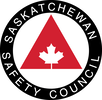
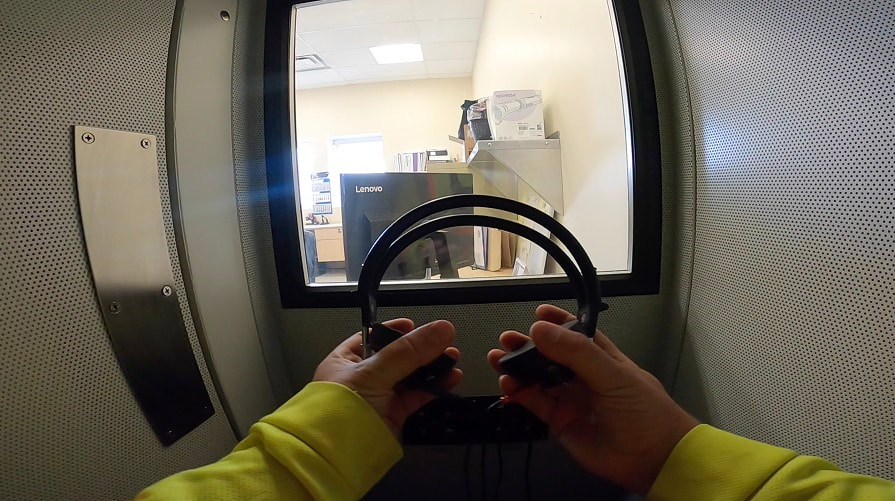
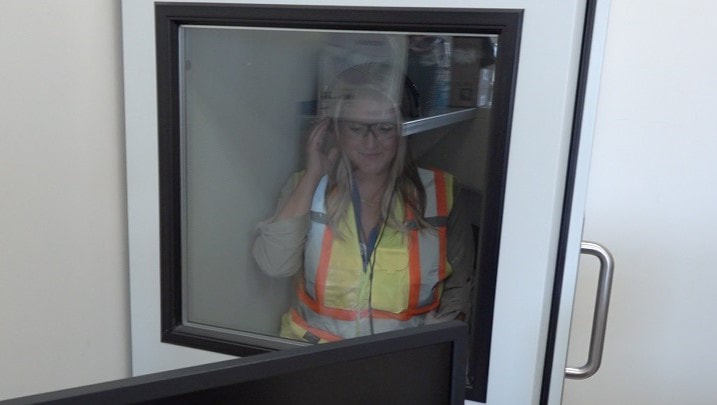
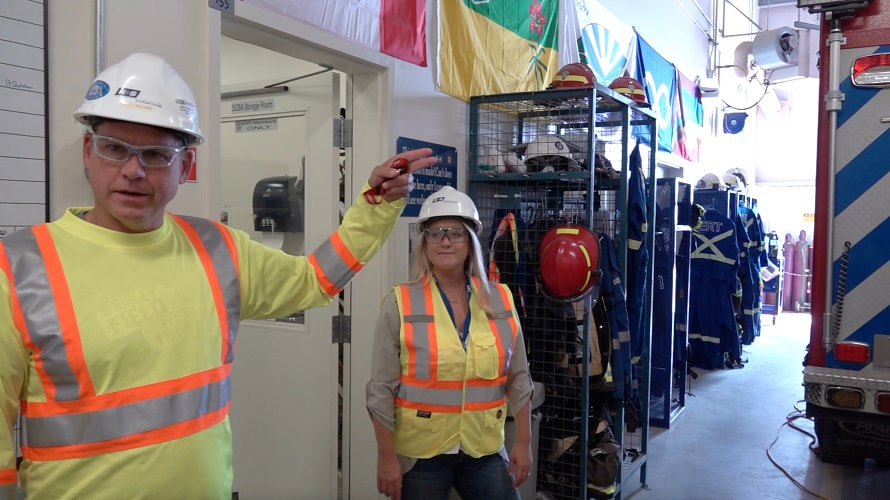

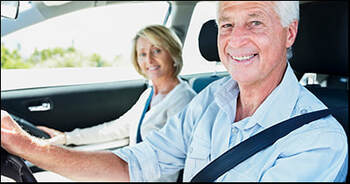
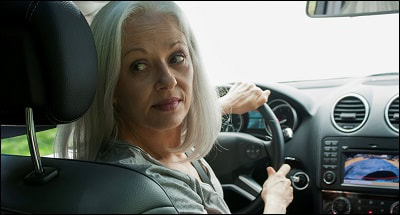
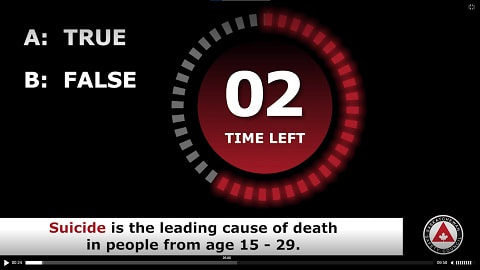

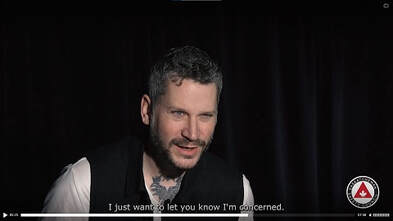

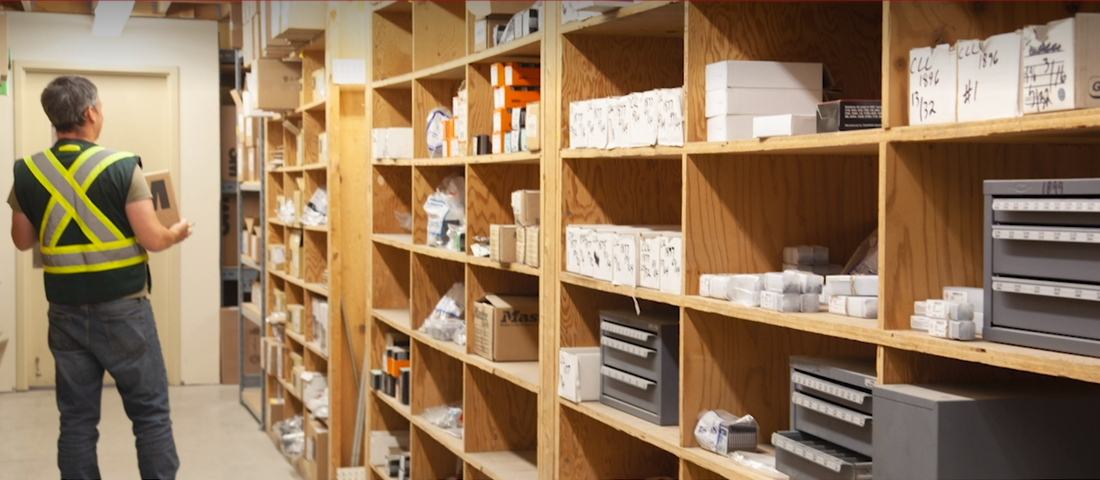
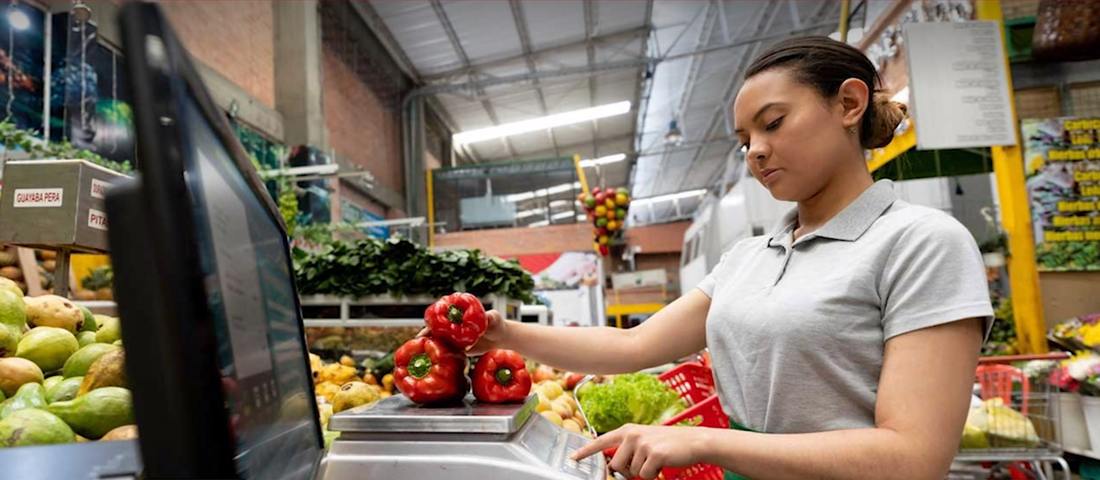
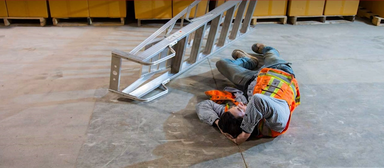
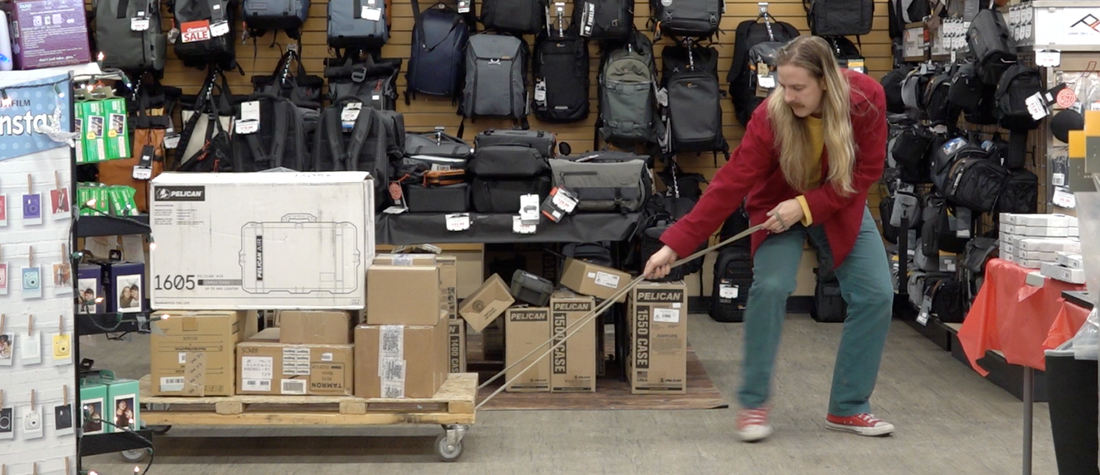
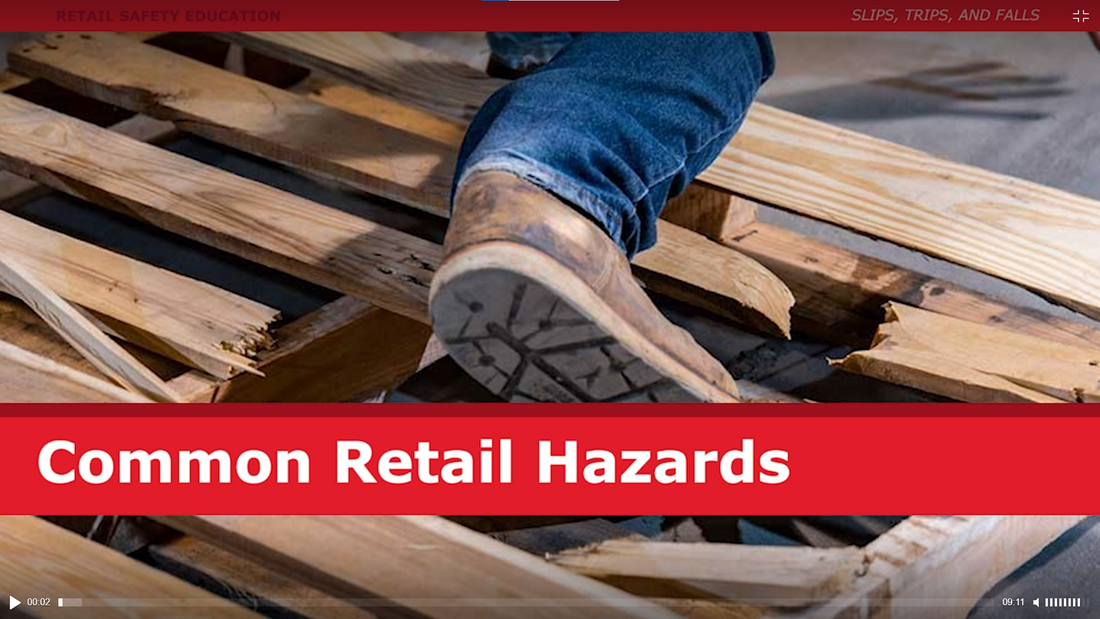
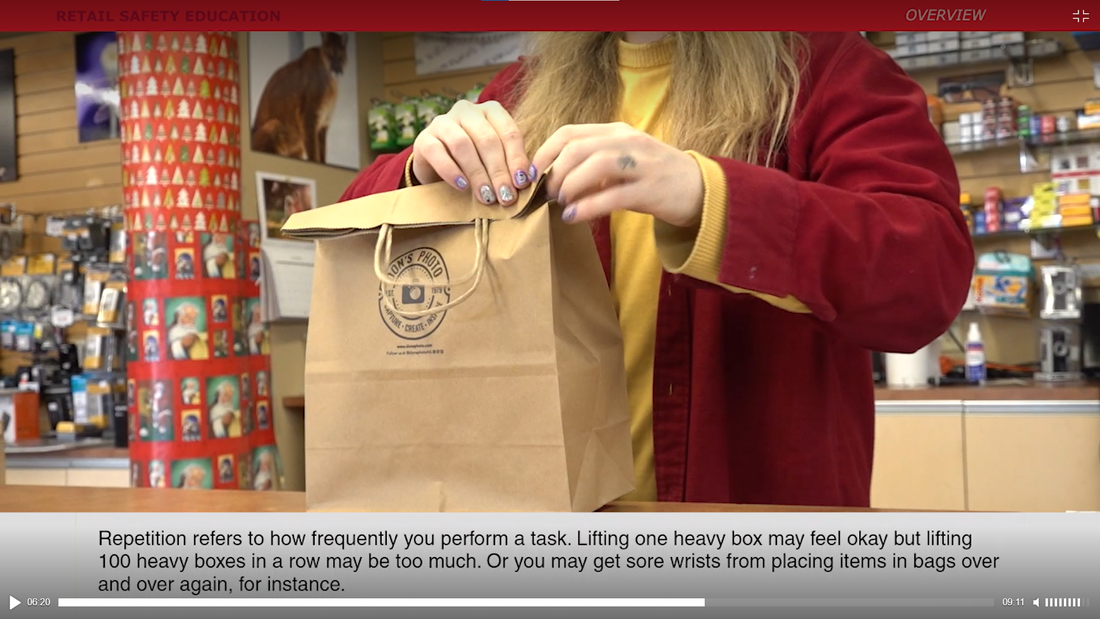
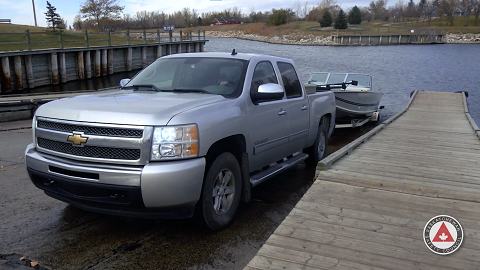
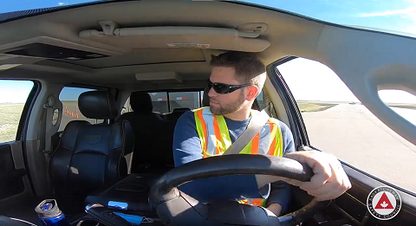

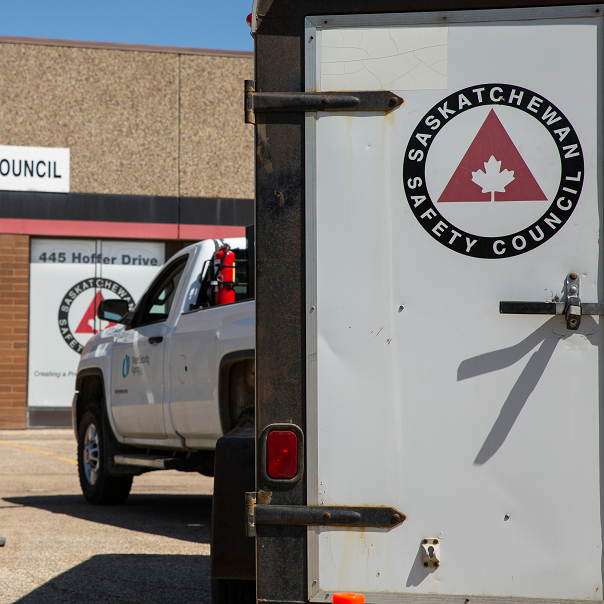
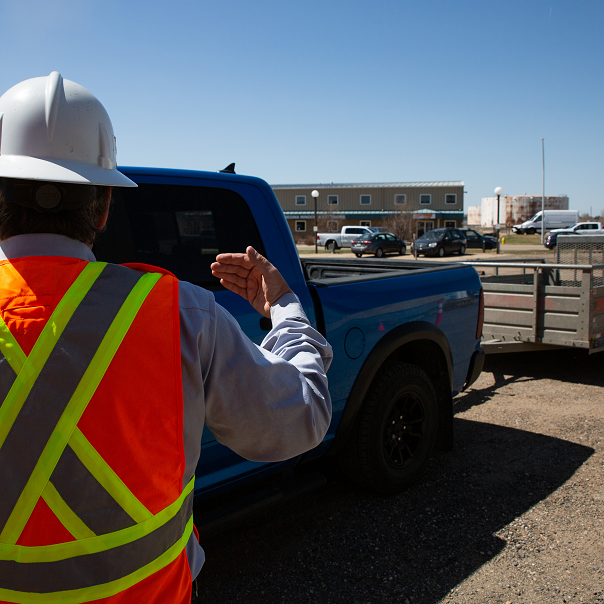
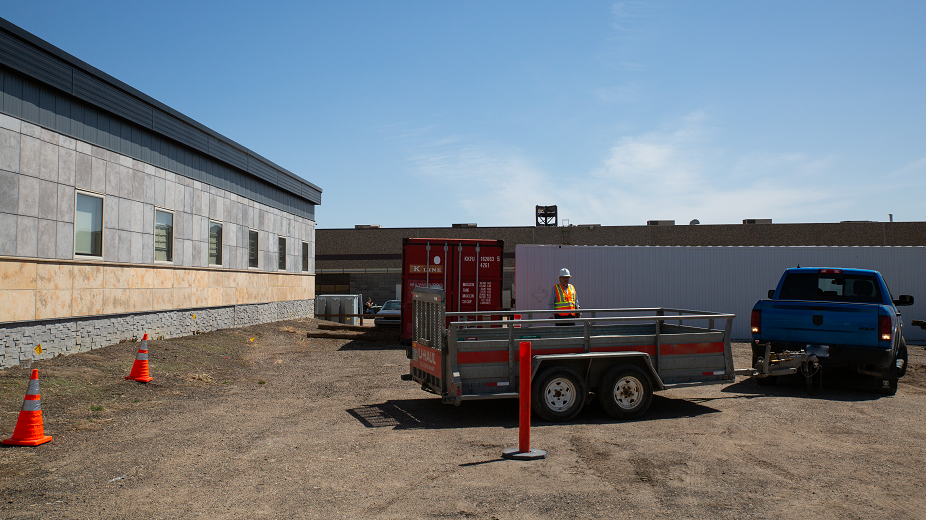
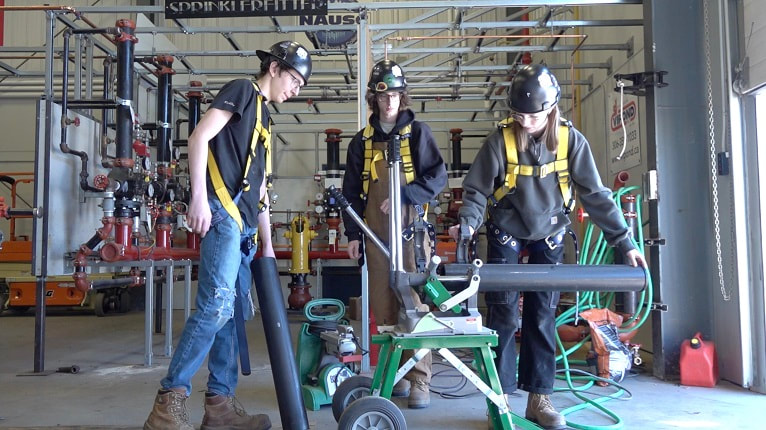
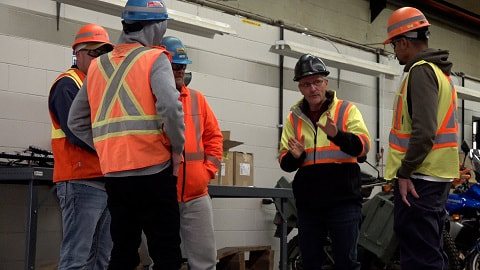
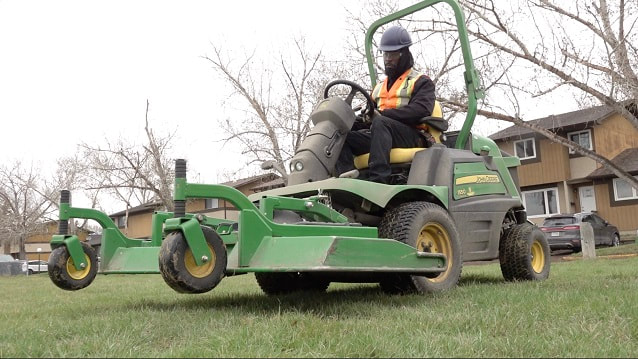
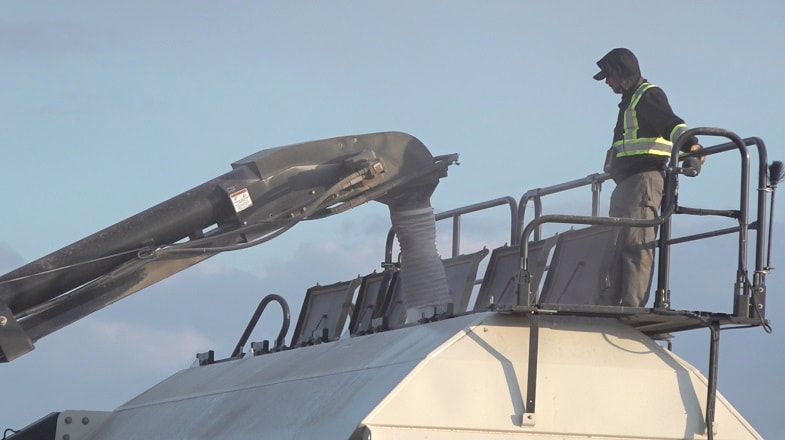

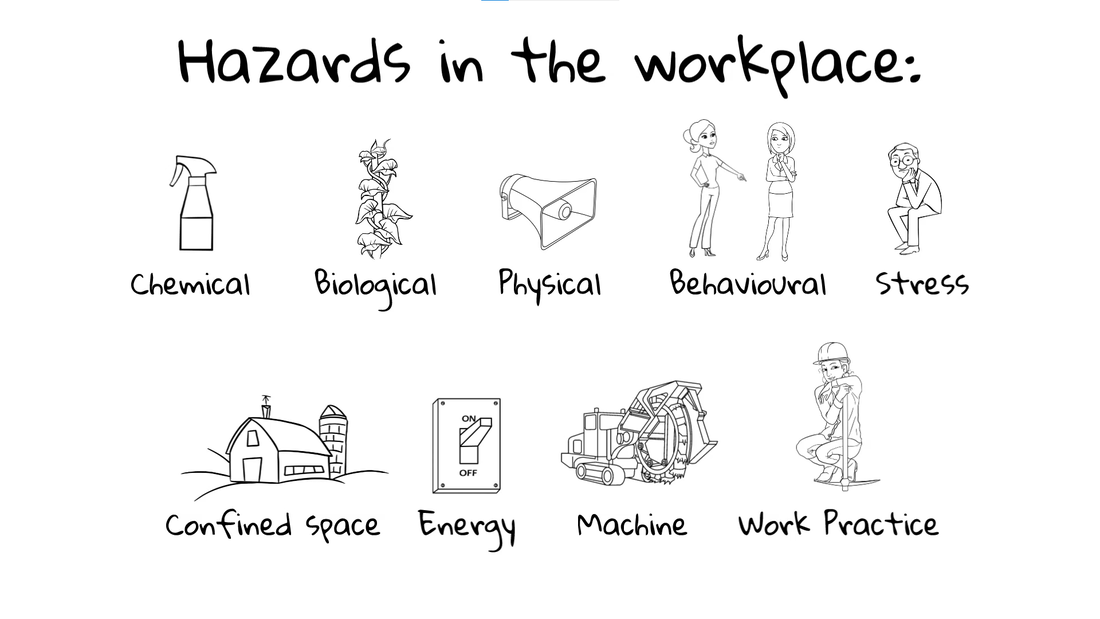
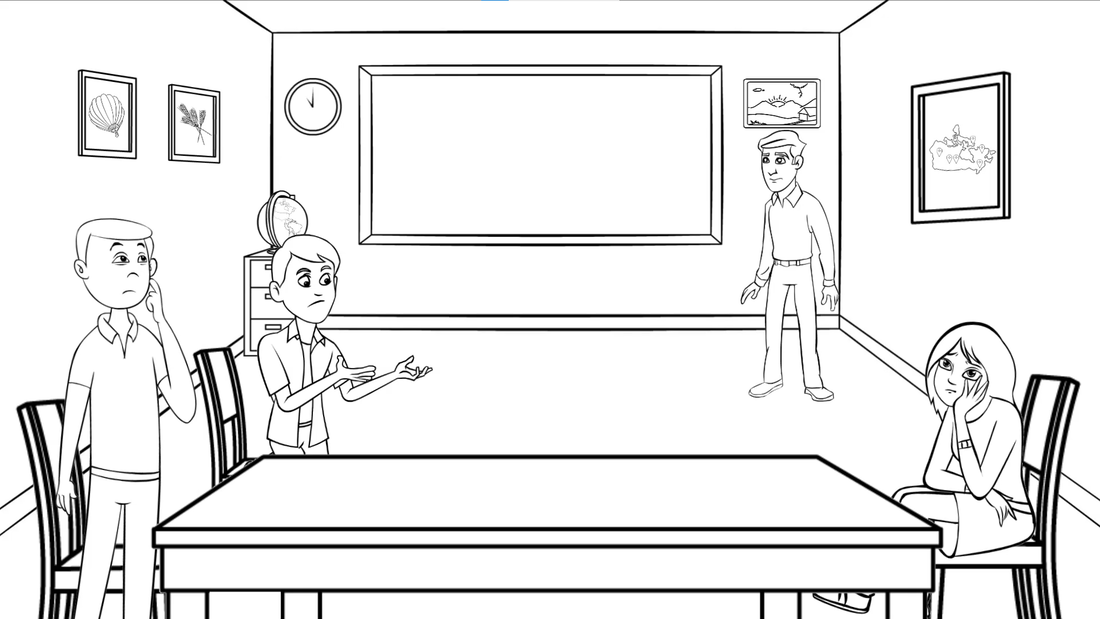

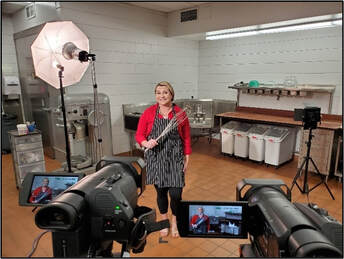
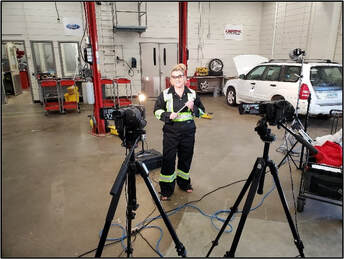

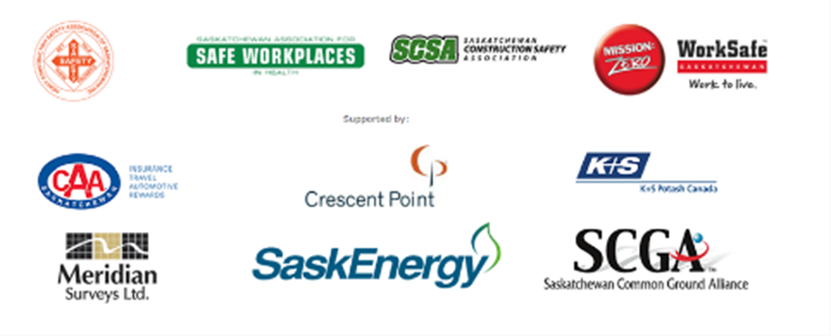
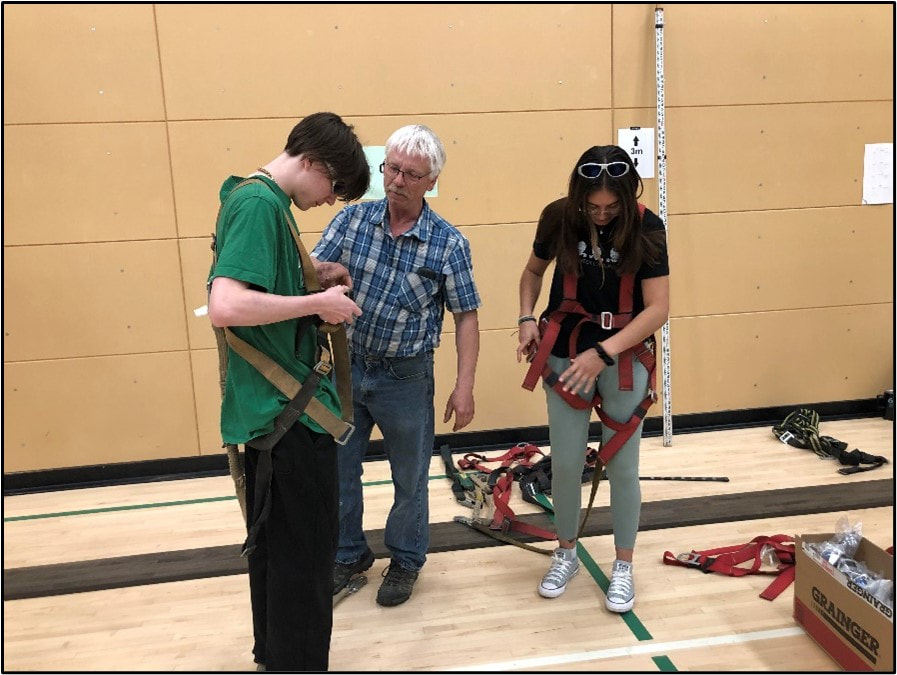
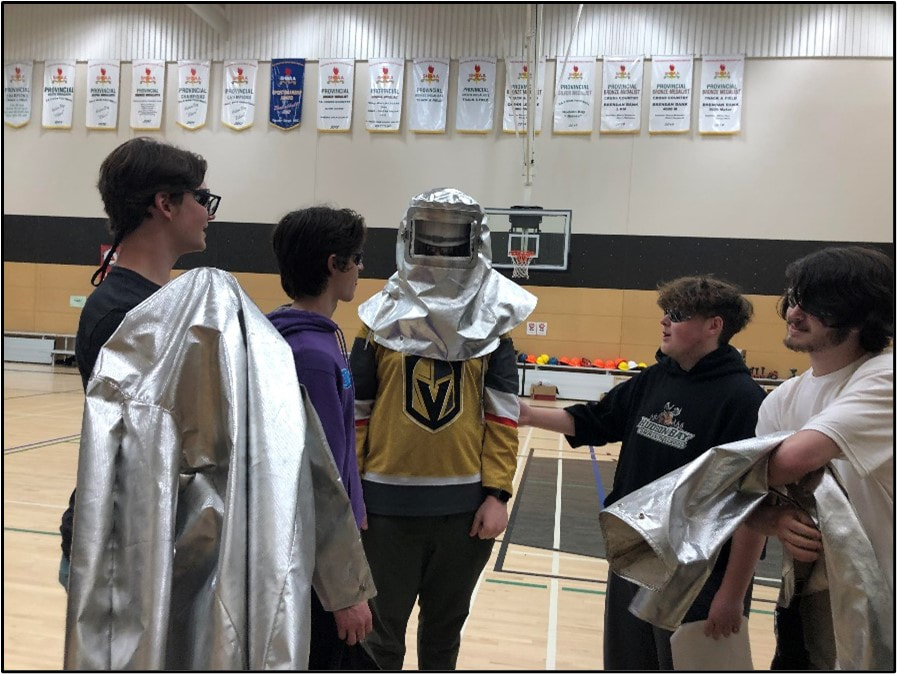
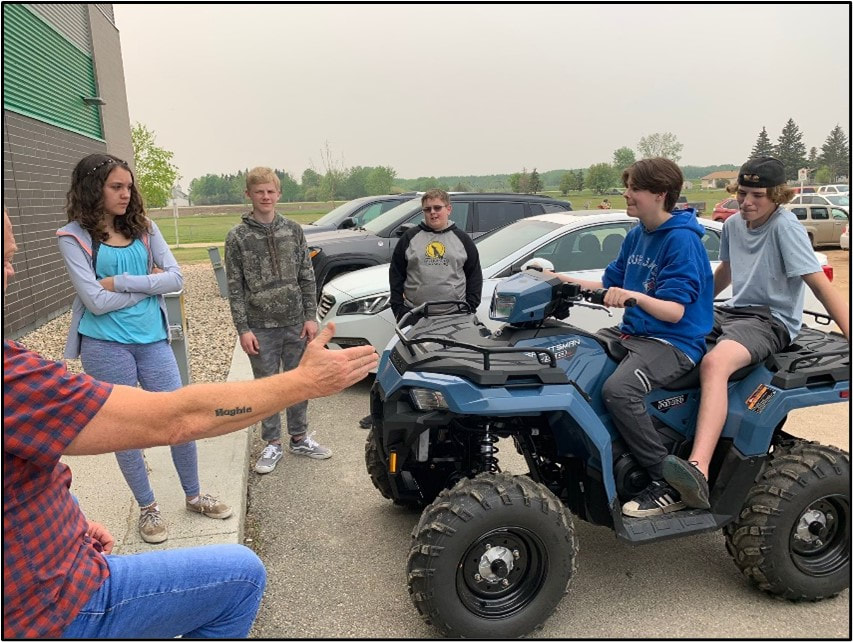
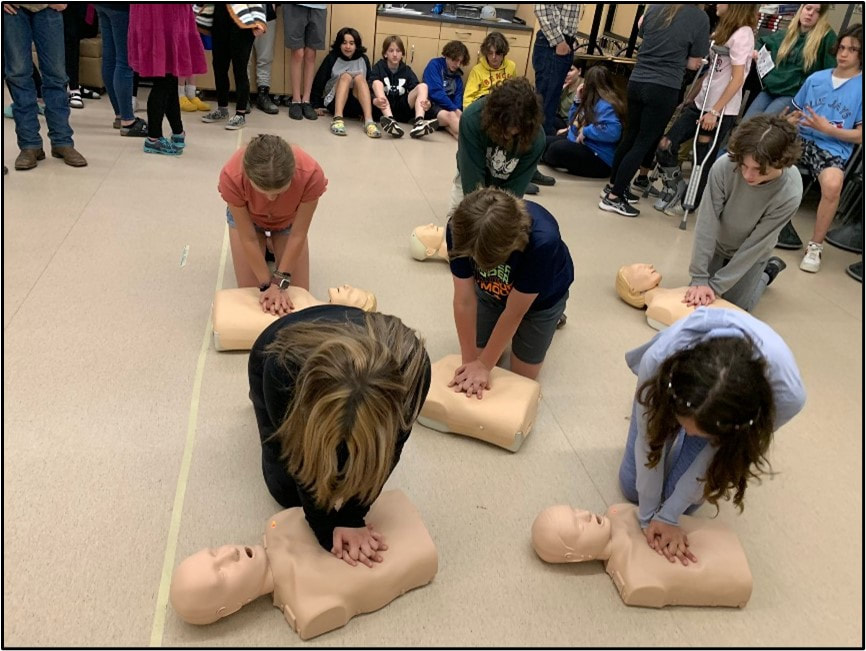

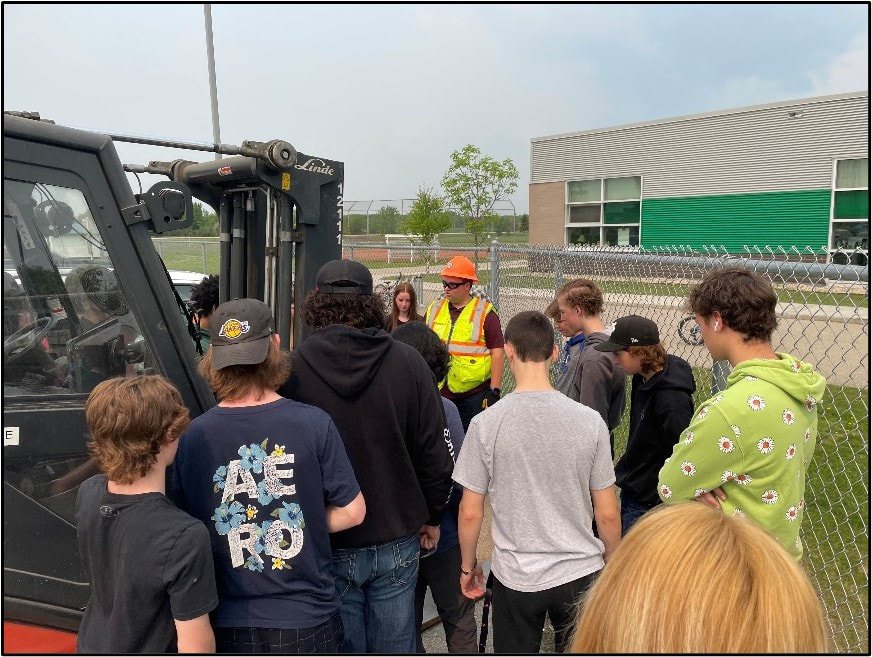
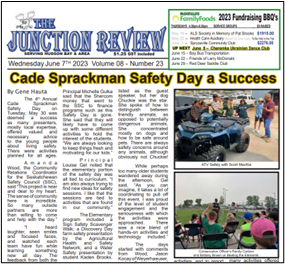
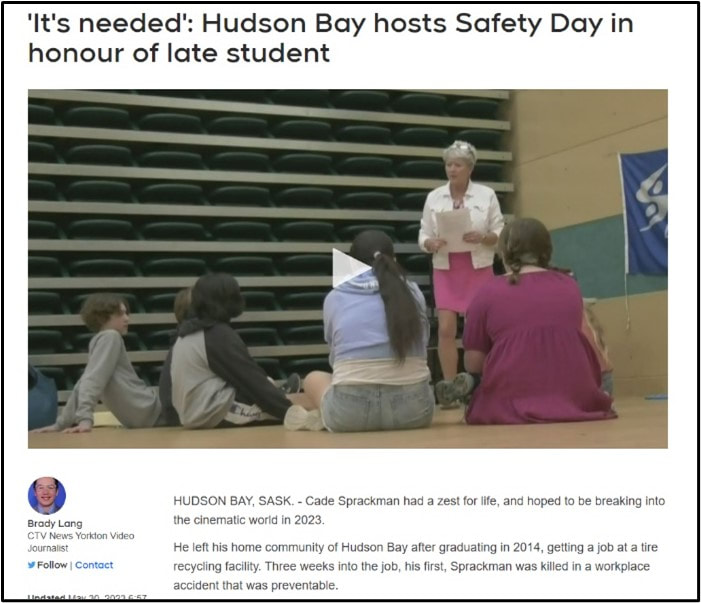
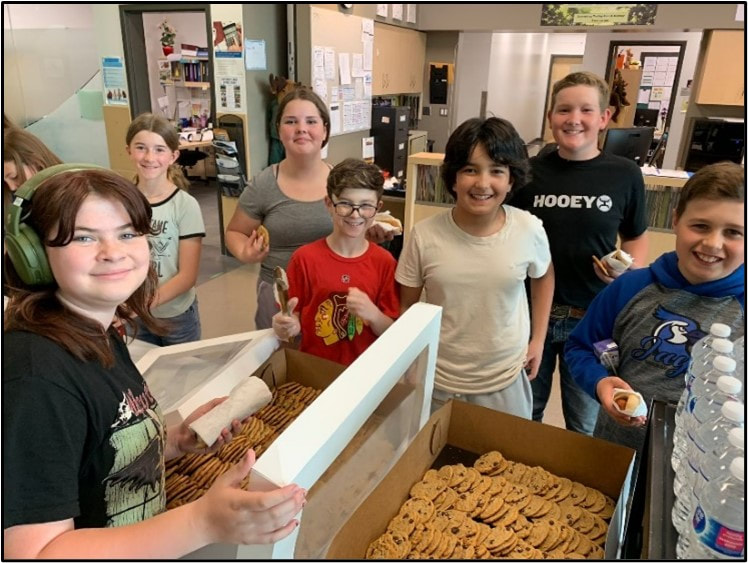
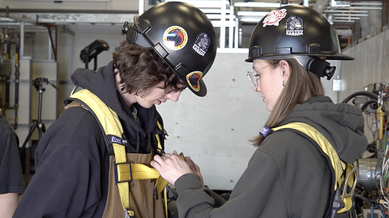
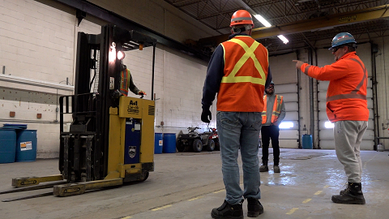
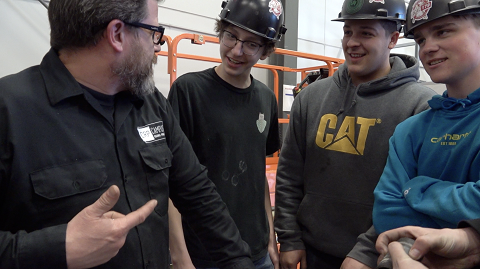
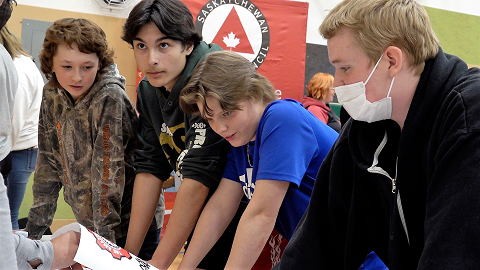
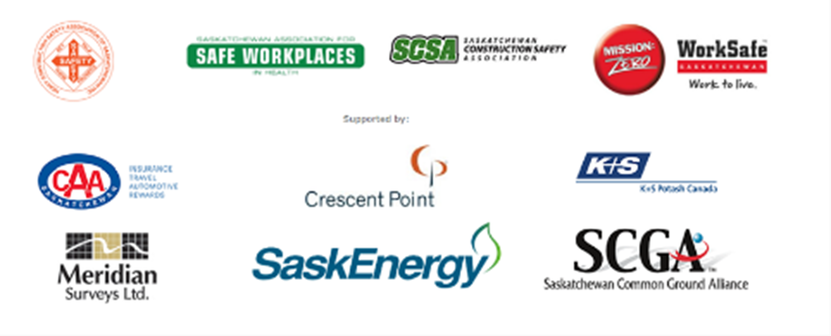

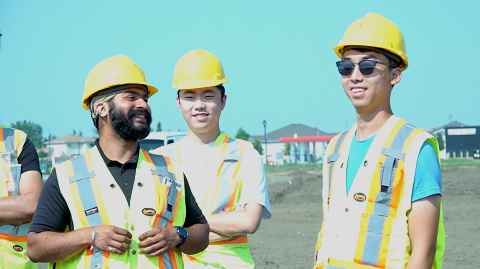
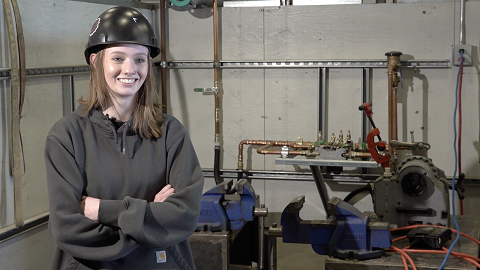
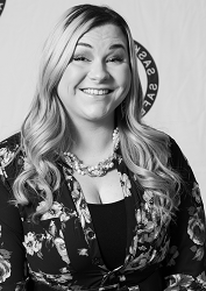
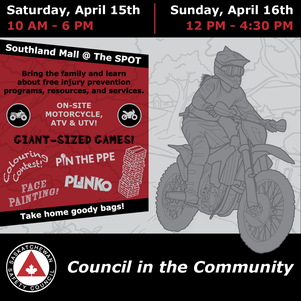
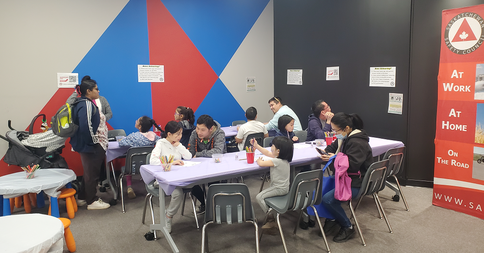
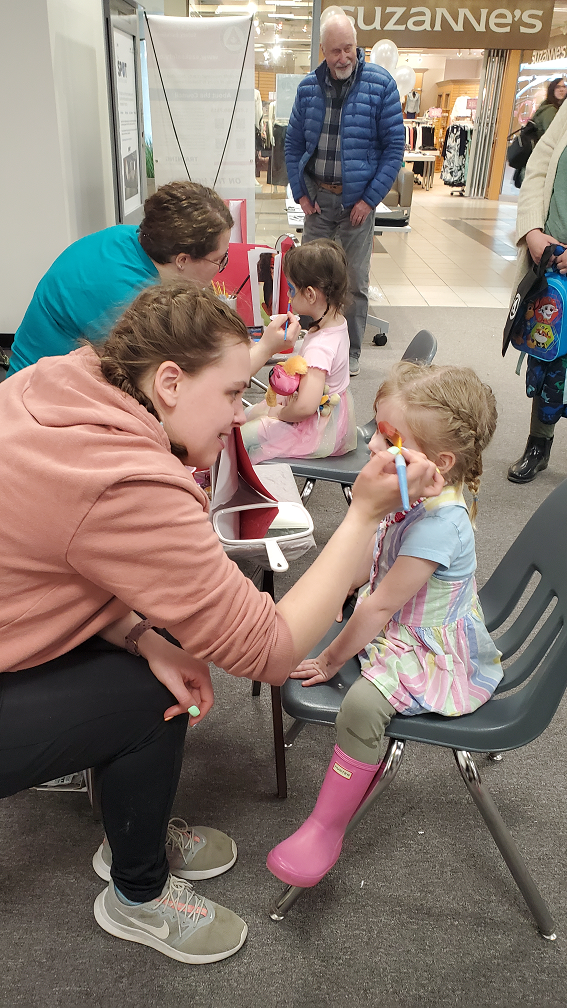

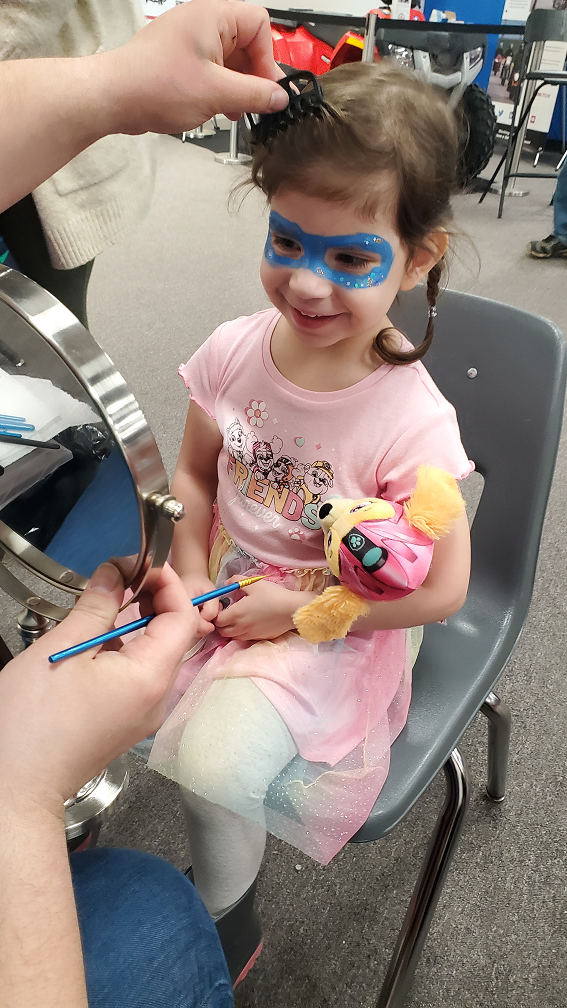
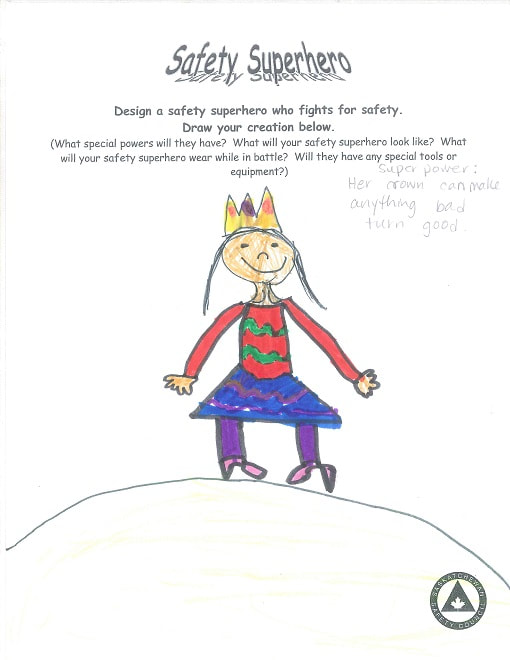
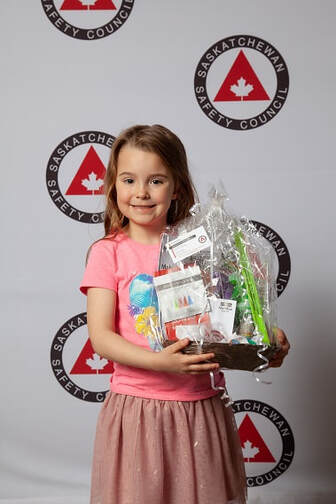
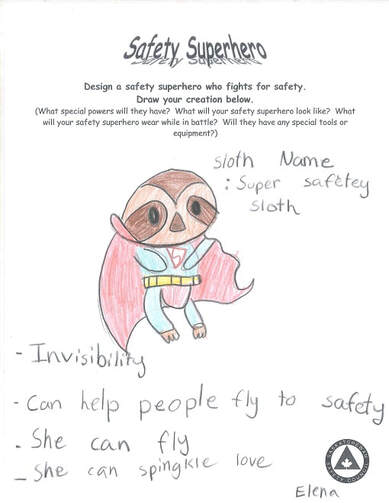
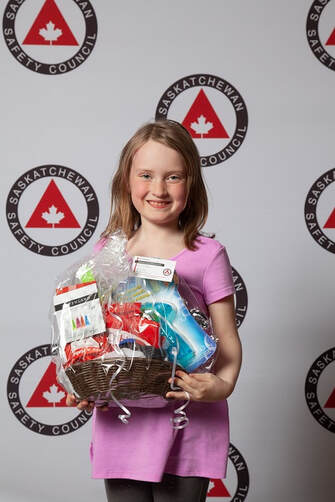
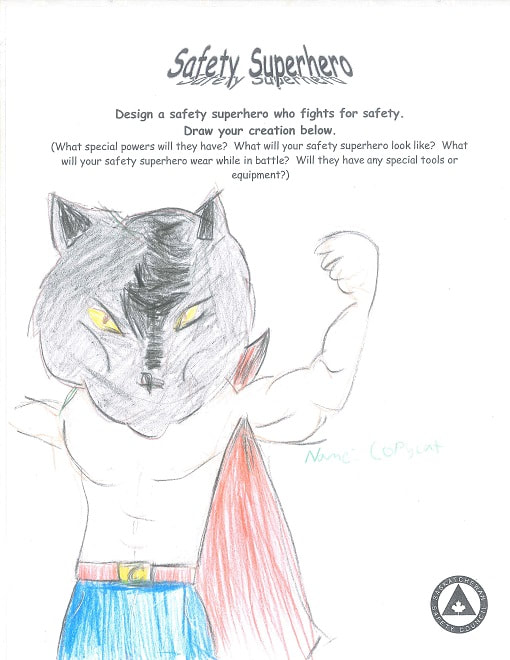
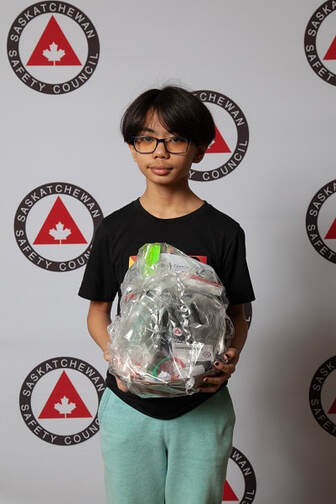


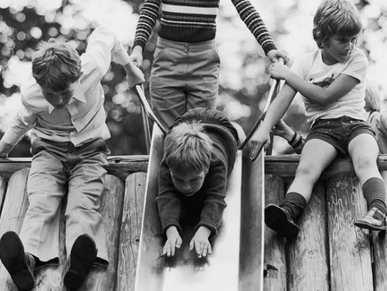

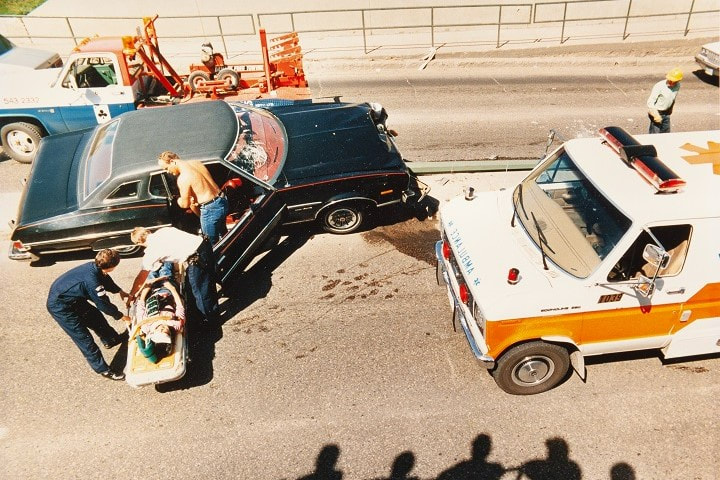
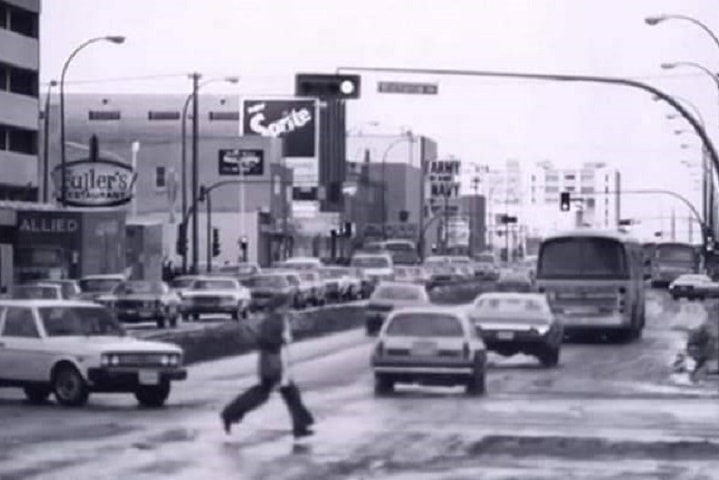
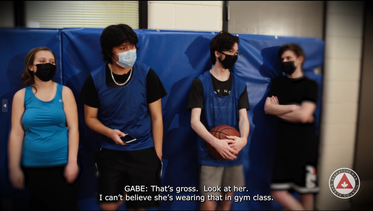

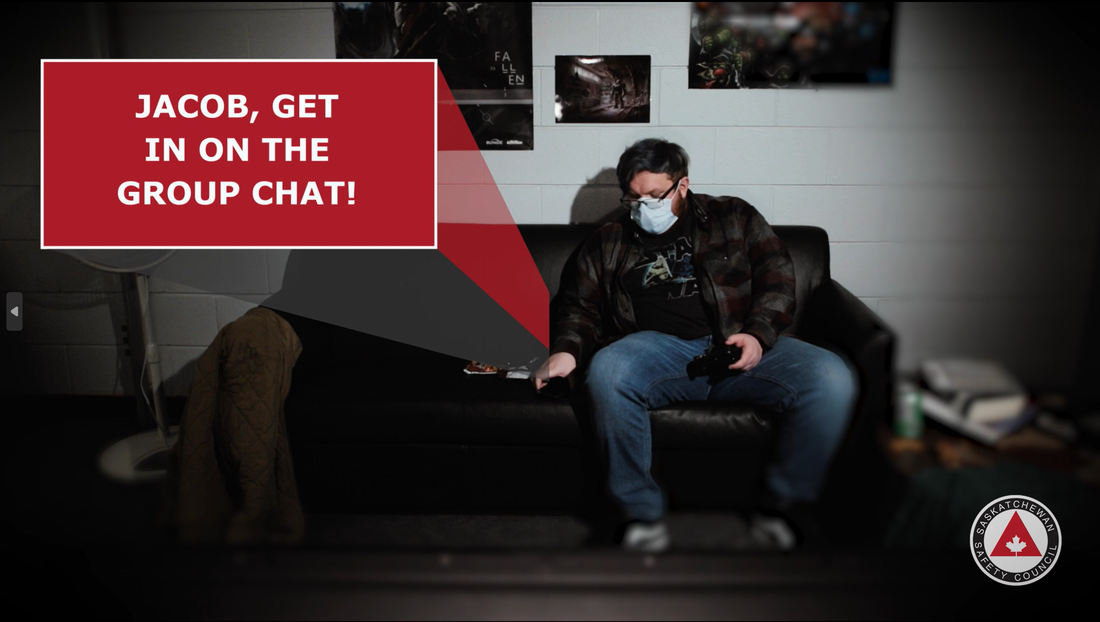

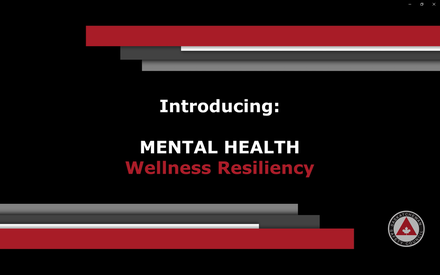
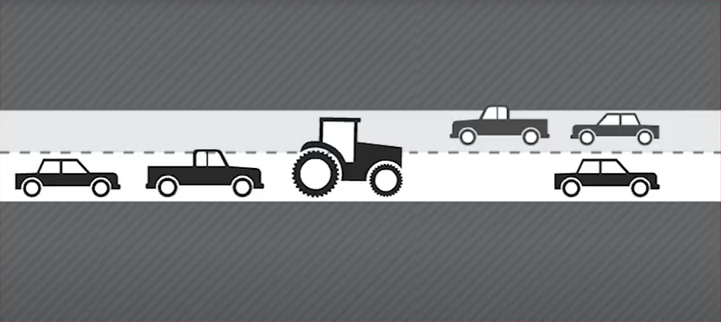
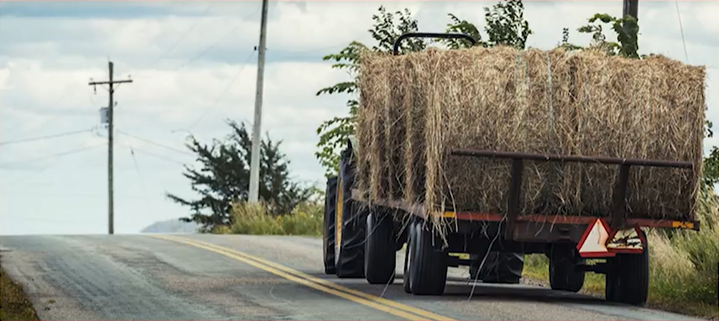
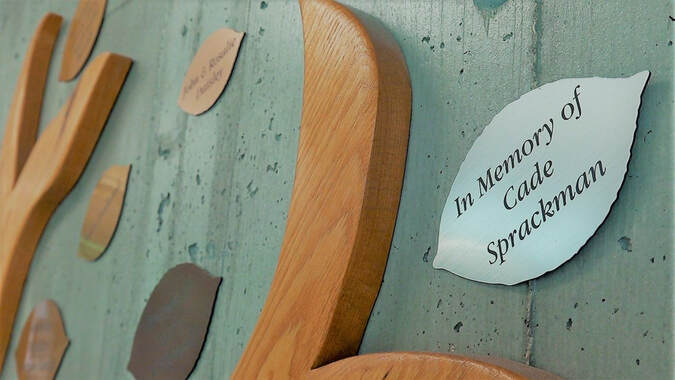
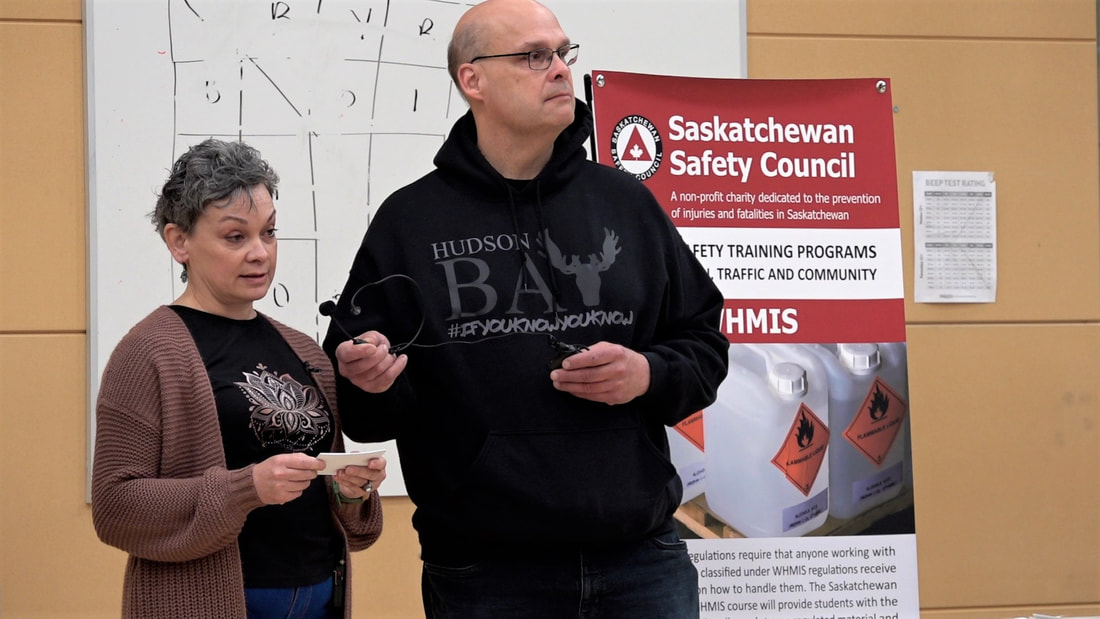
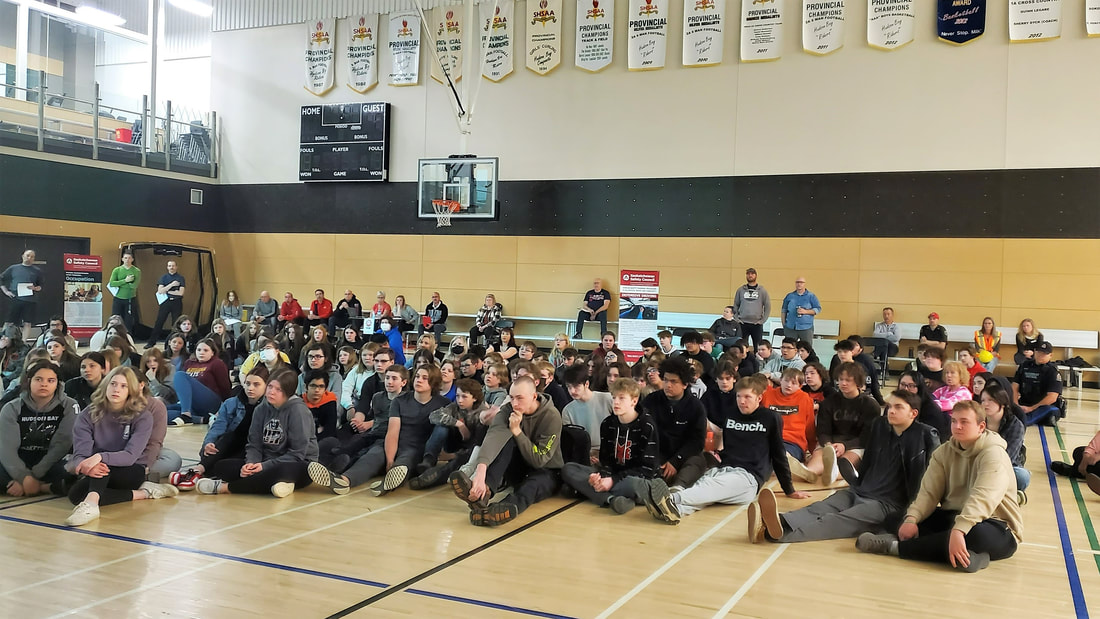
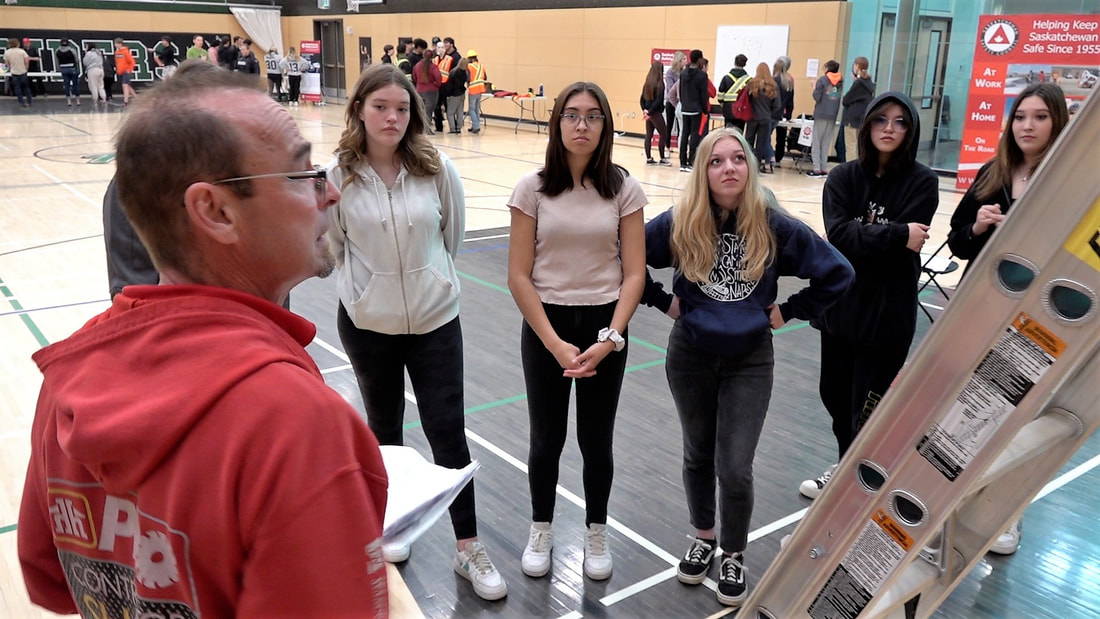
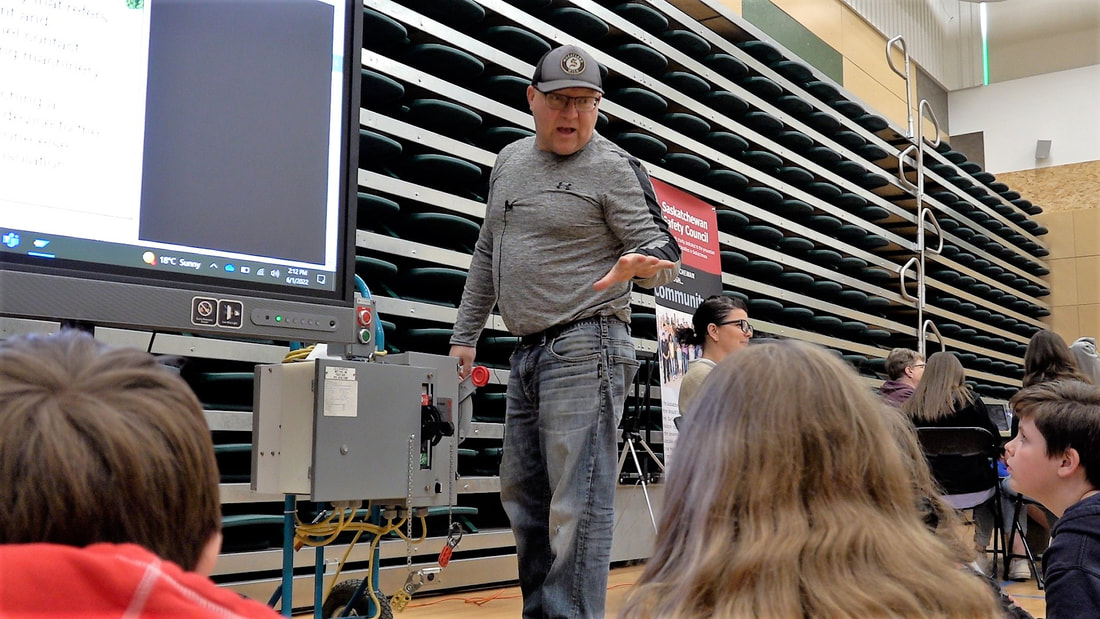
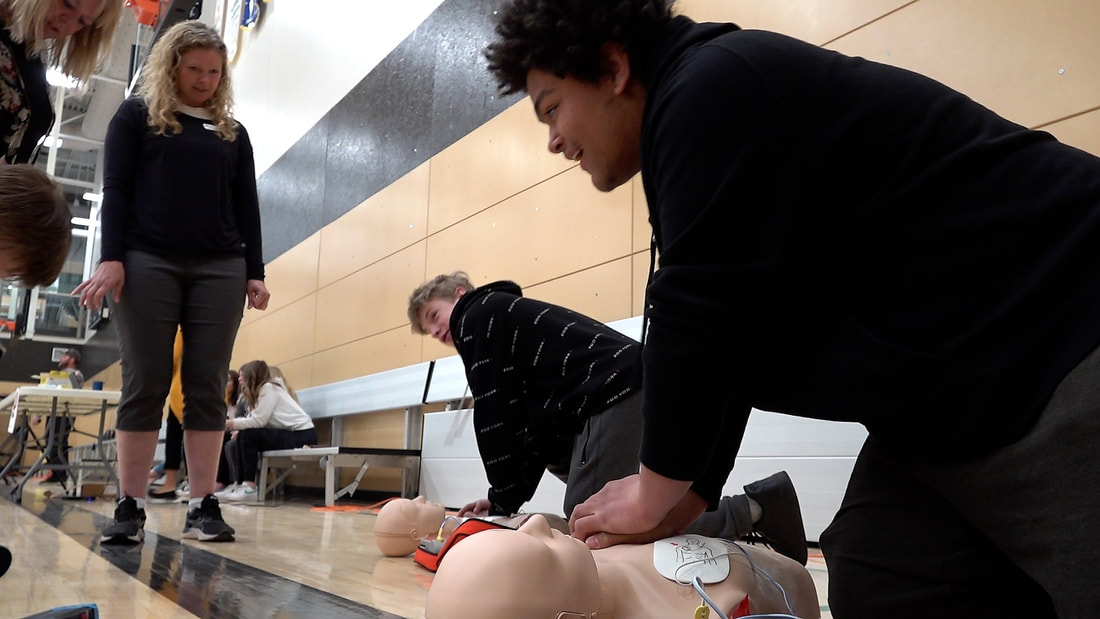
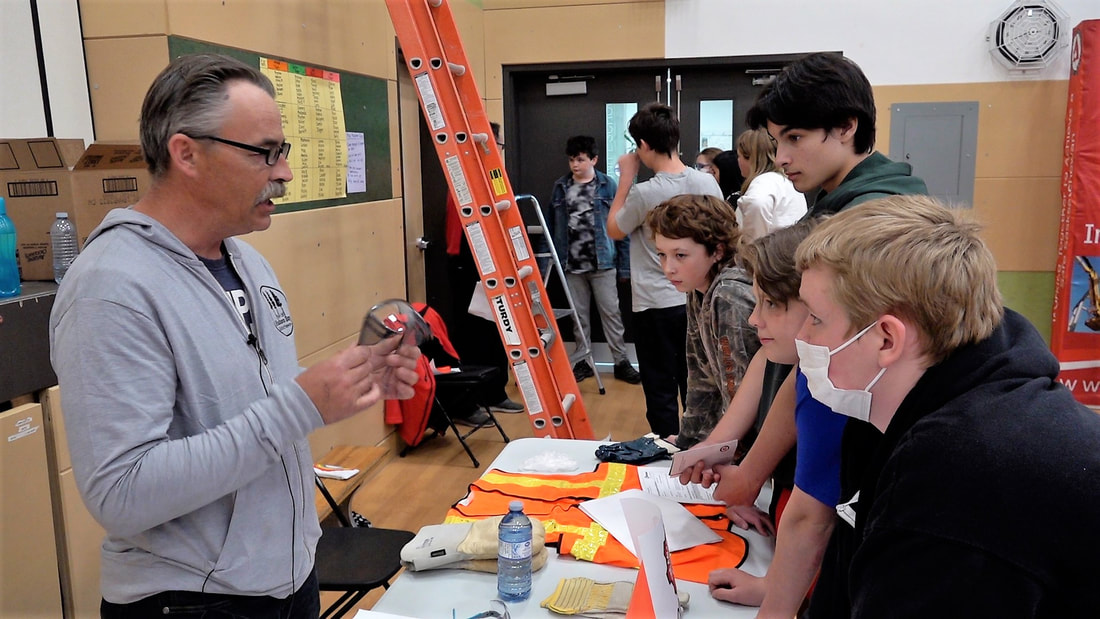
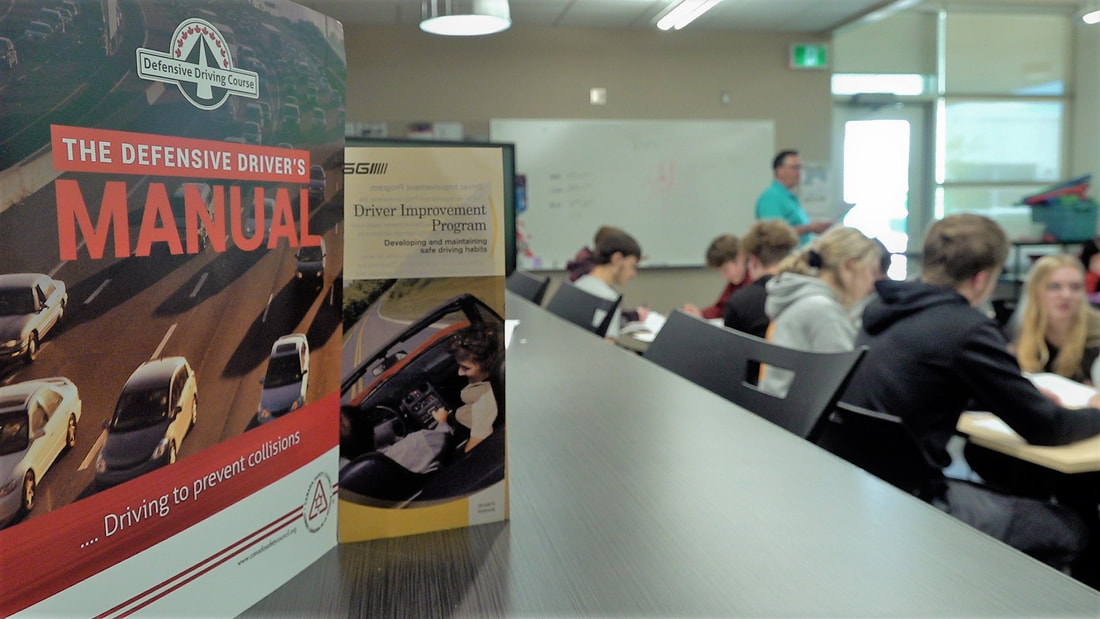

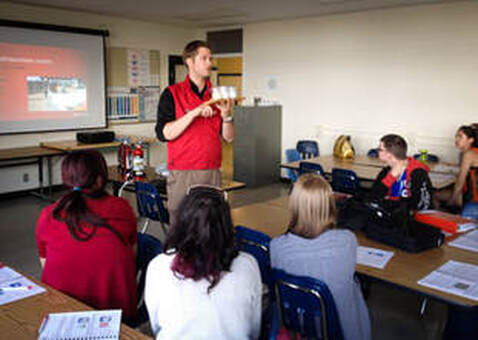


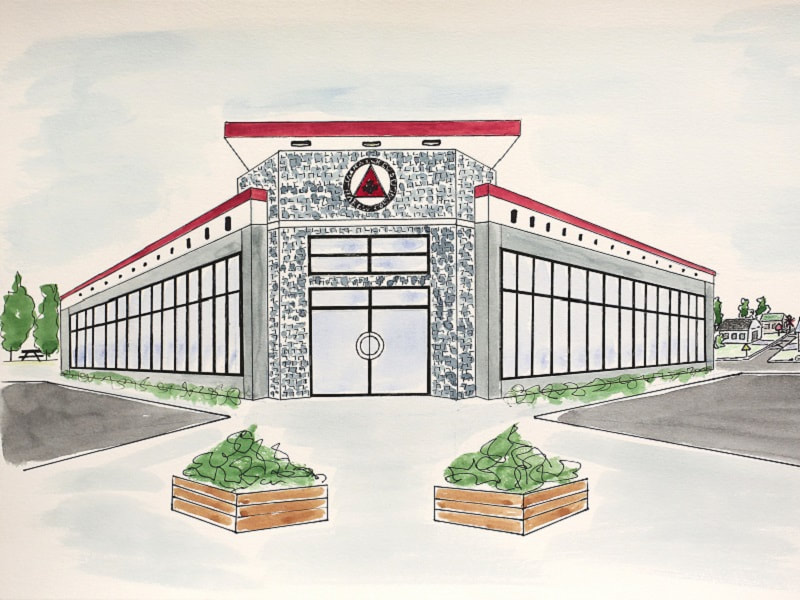

 RSS Feed
RSS Feed
